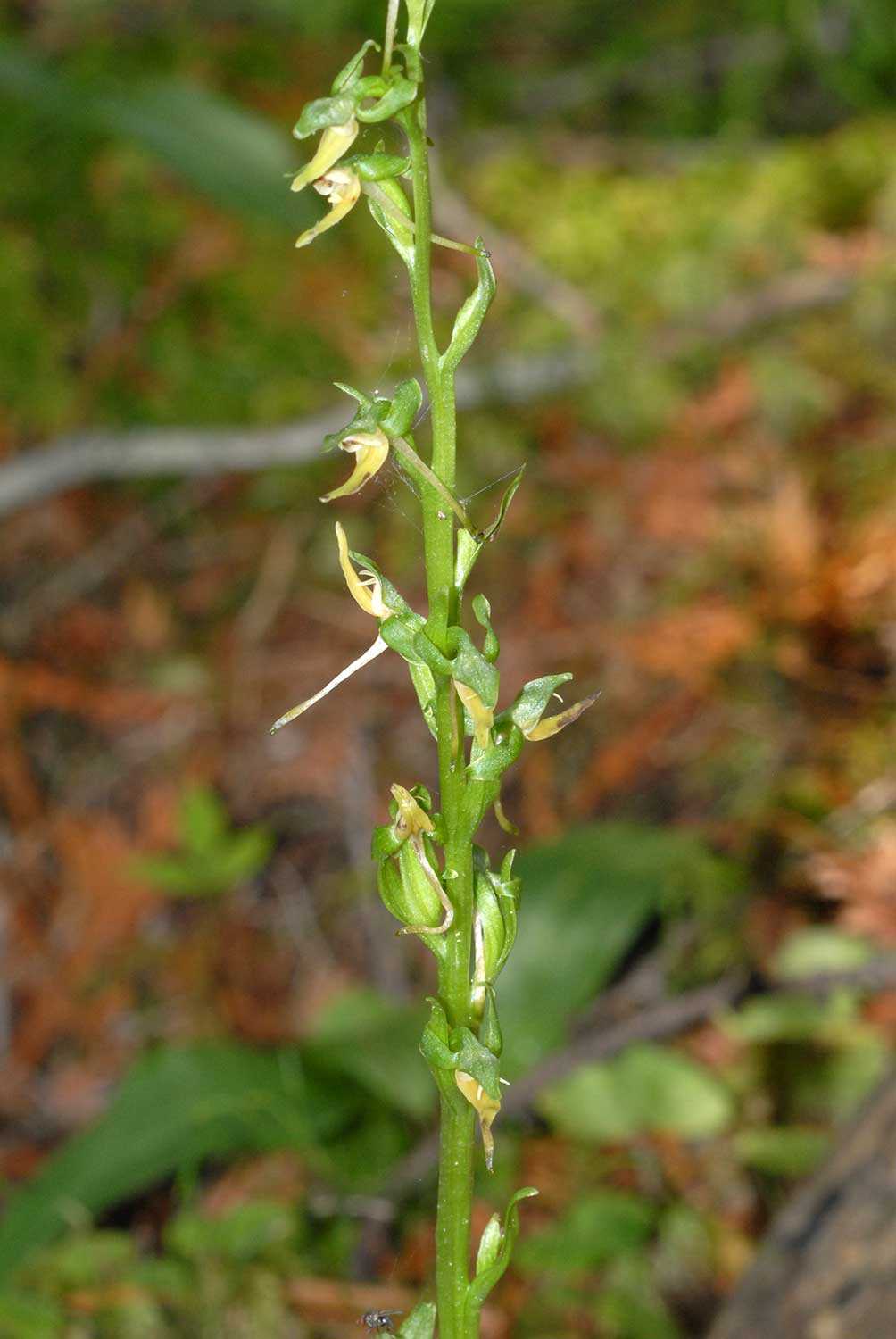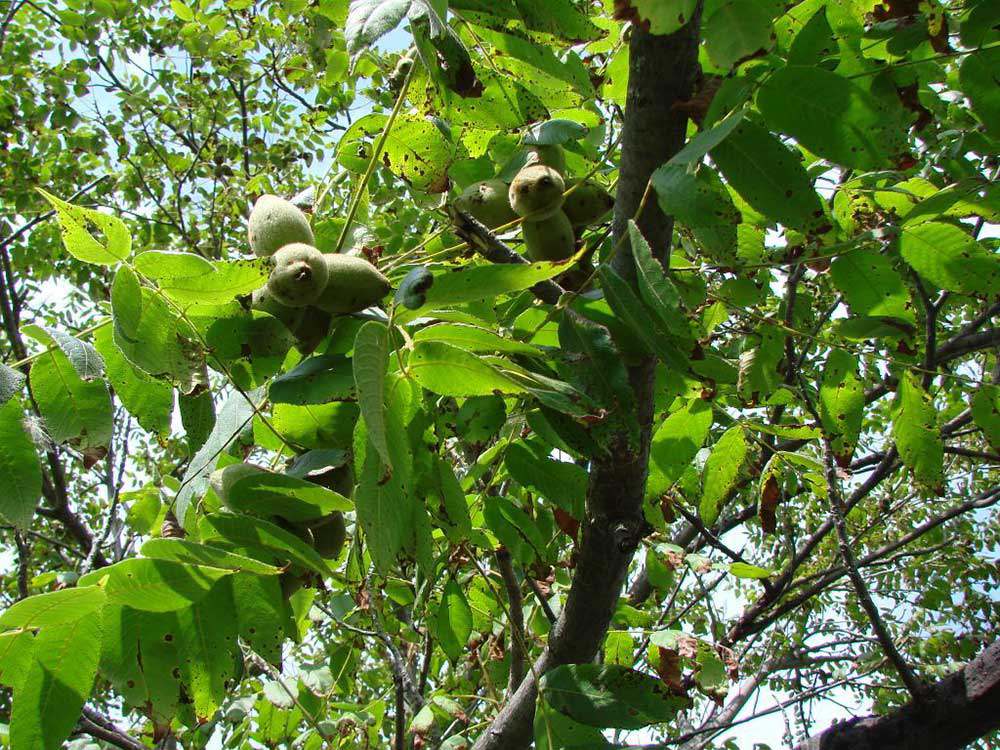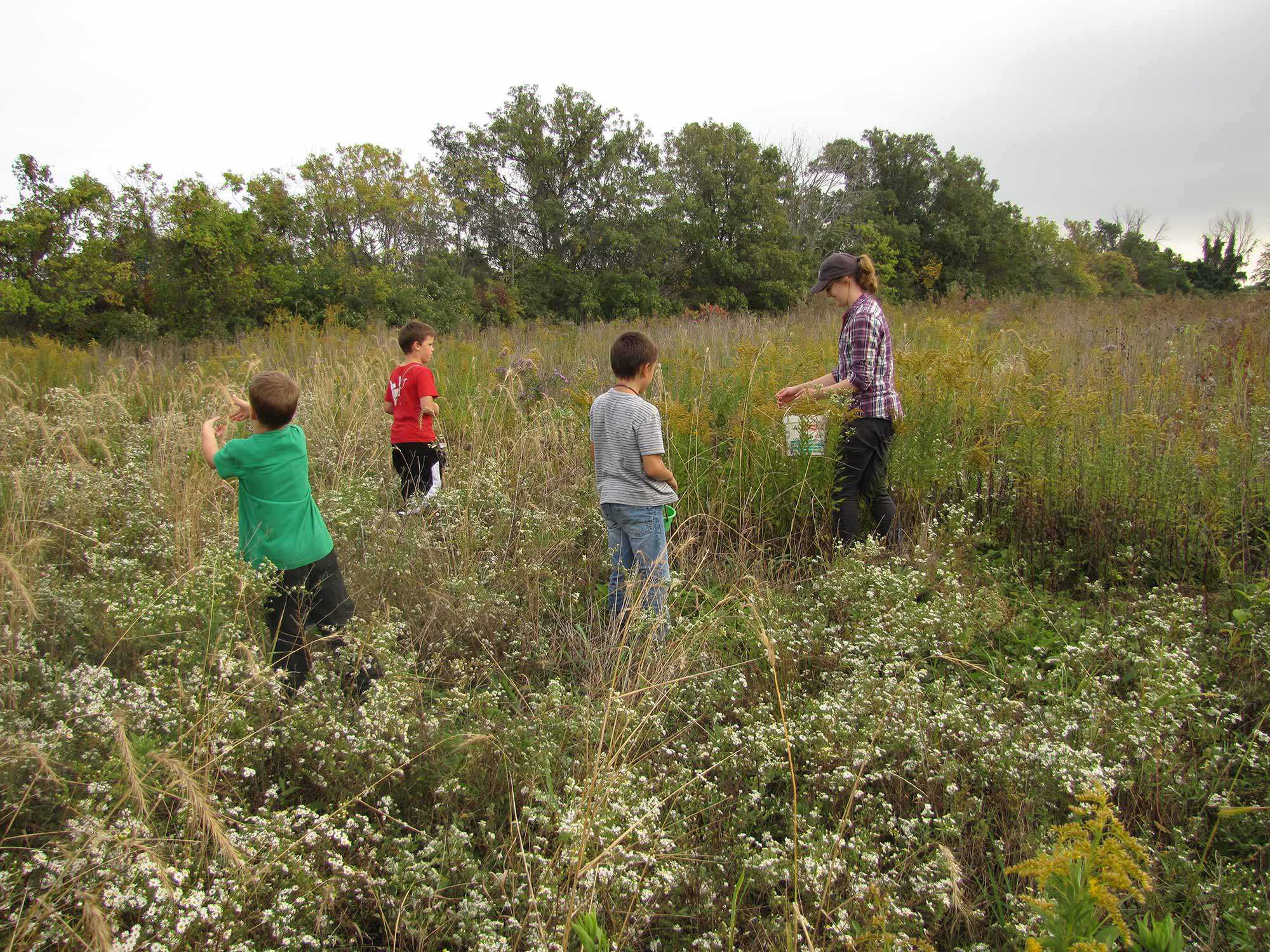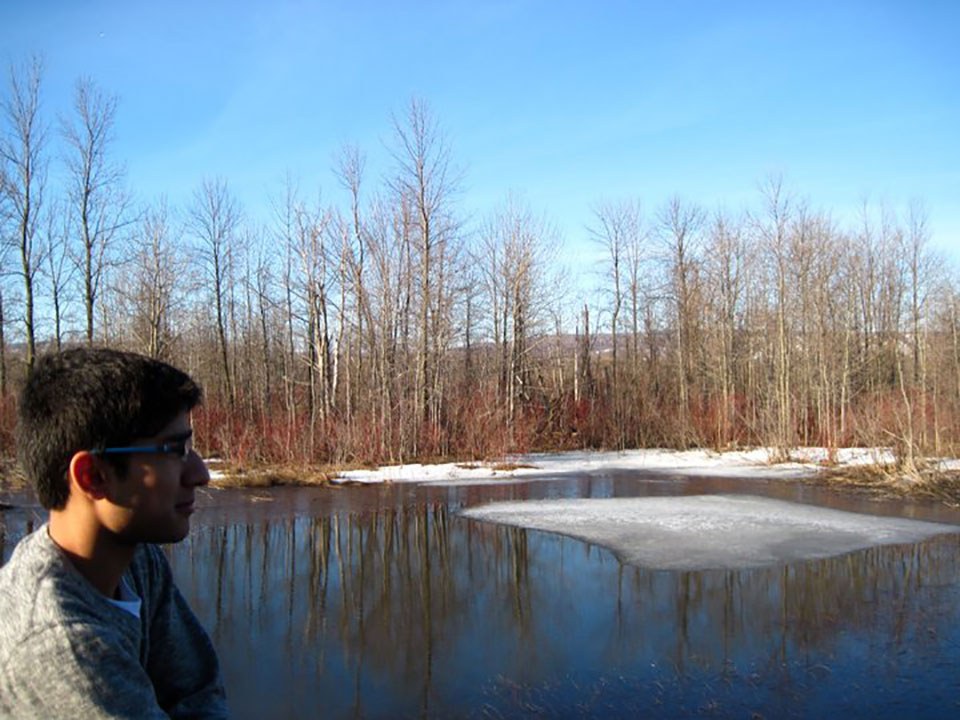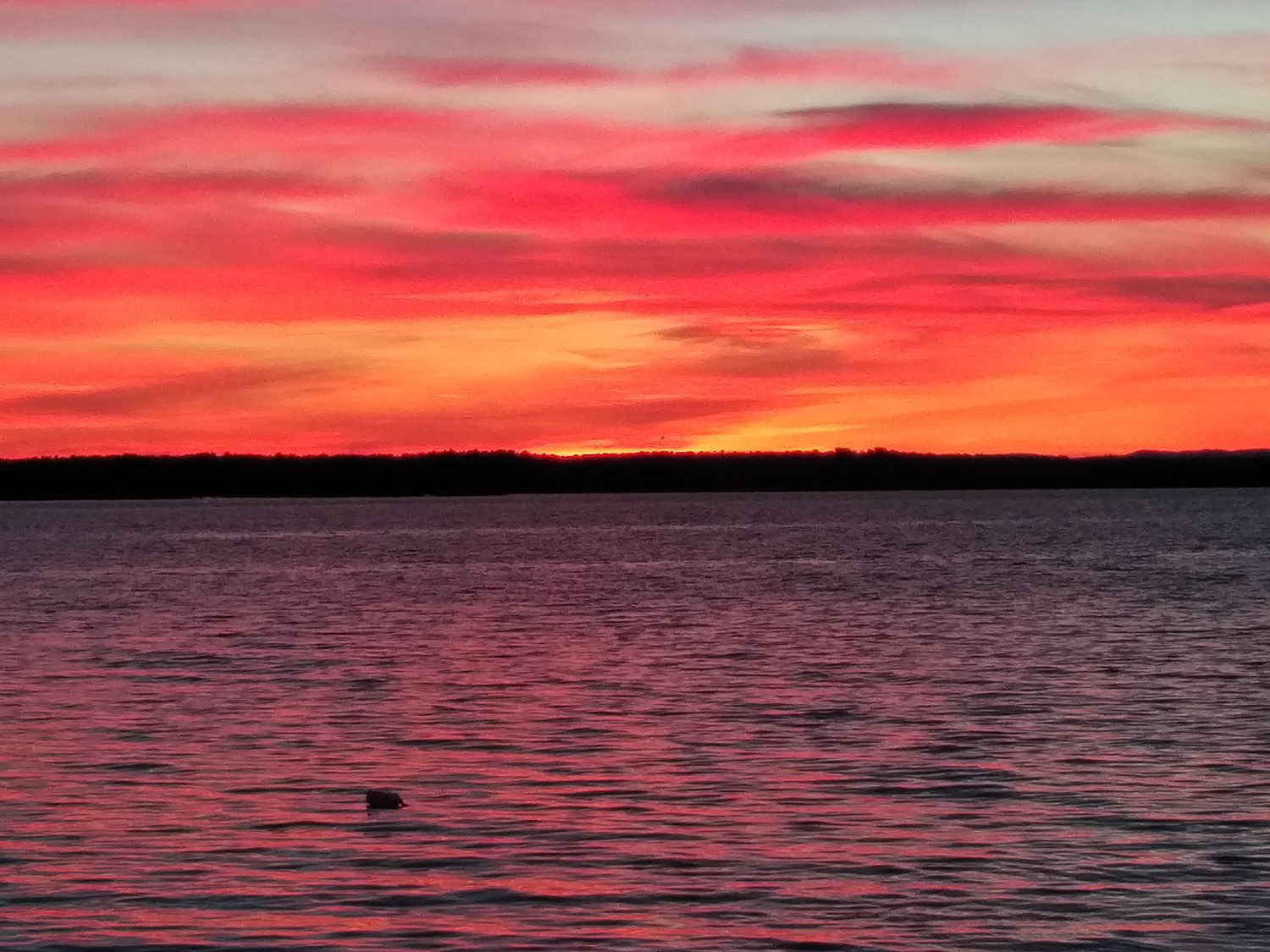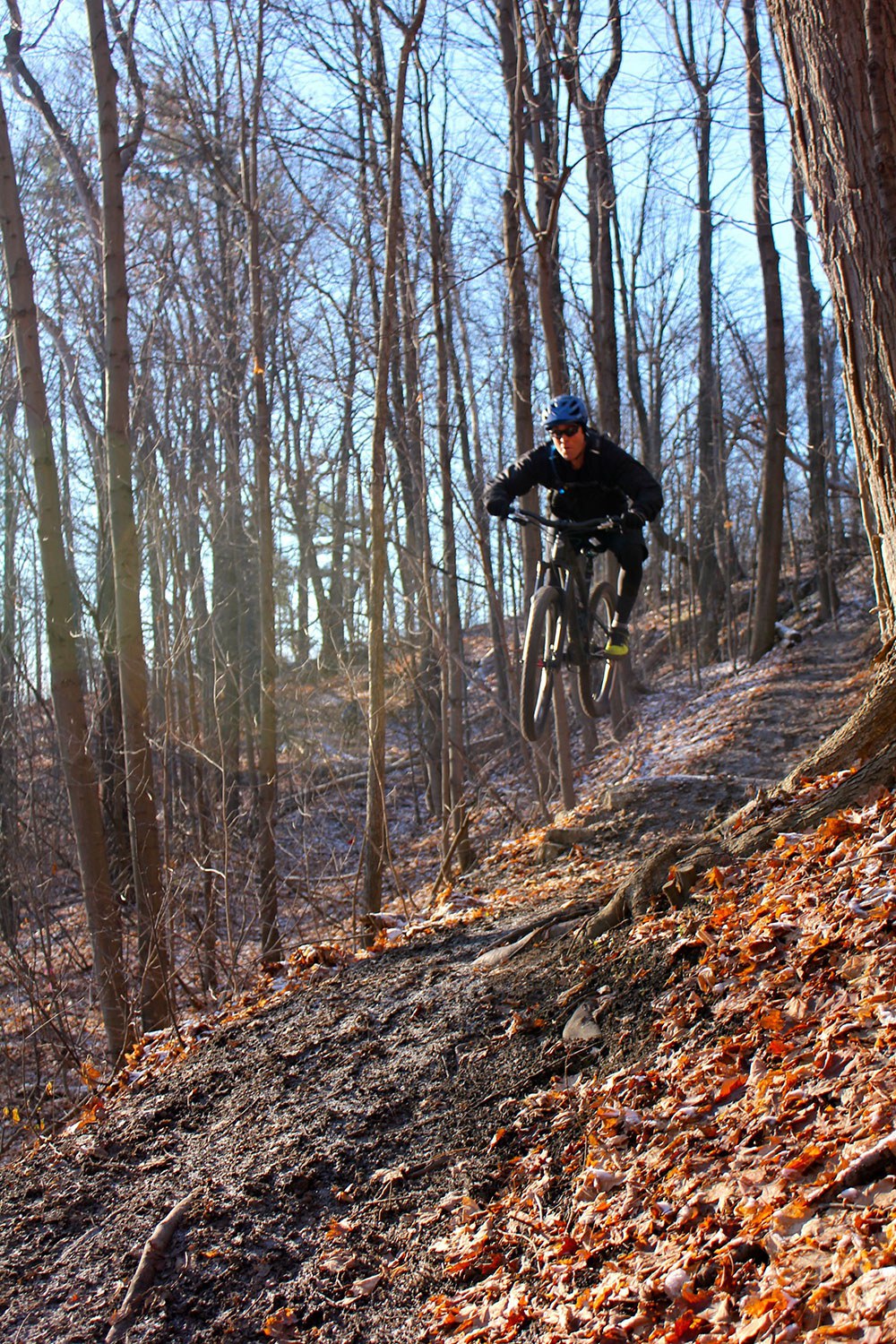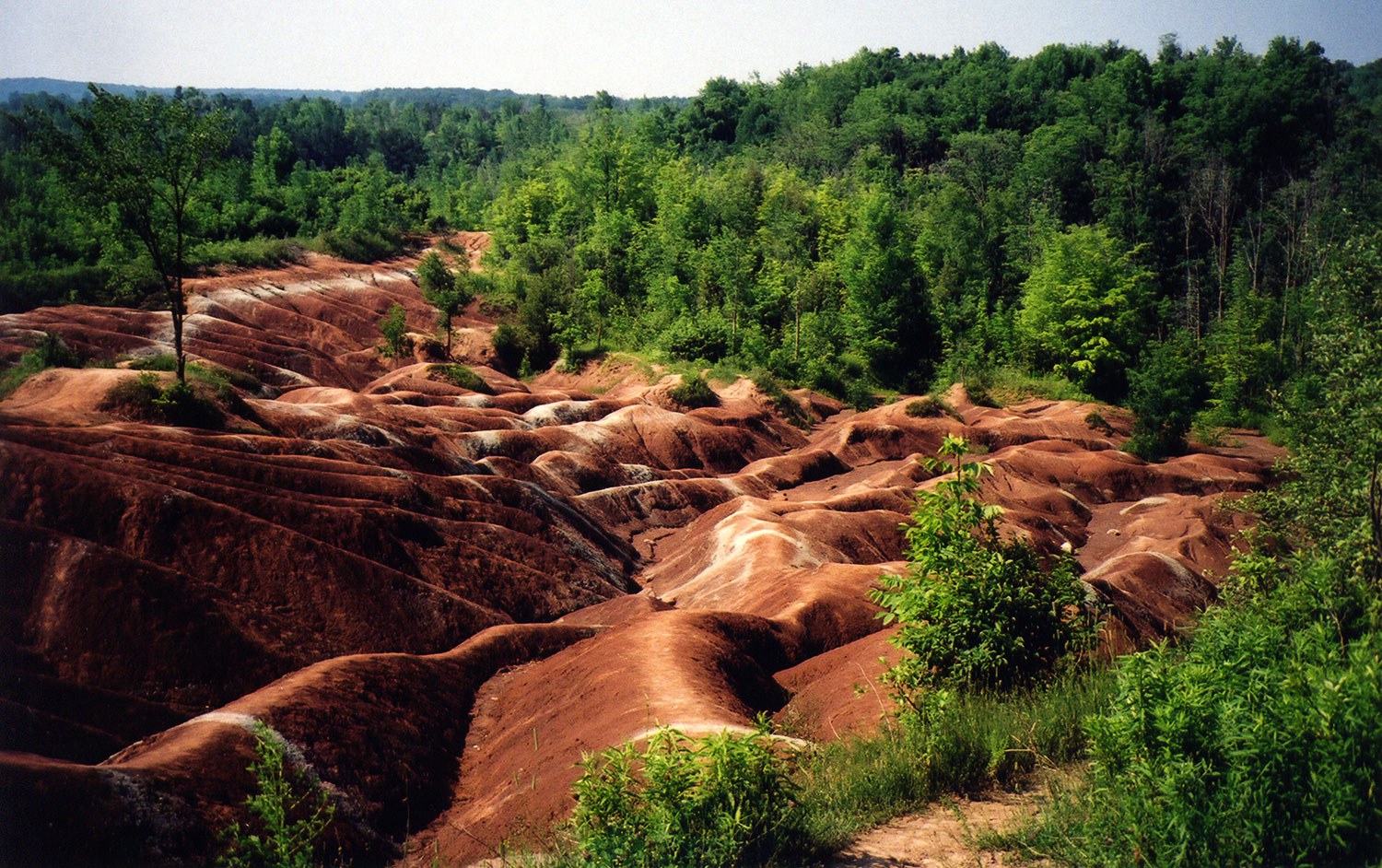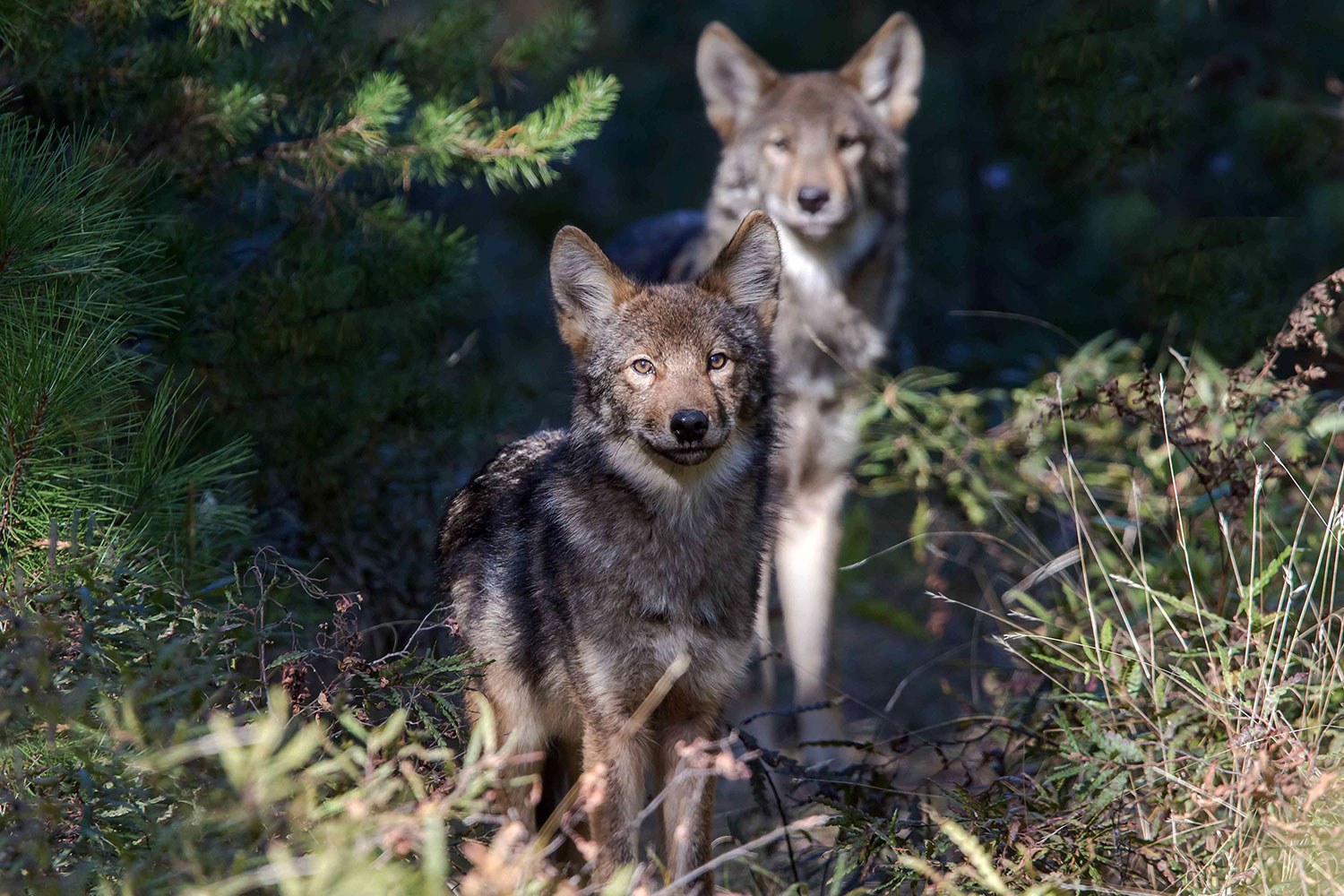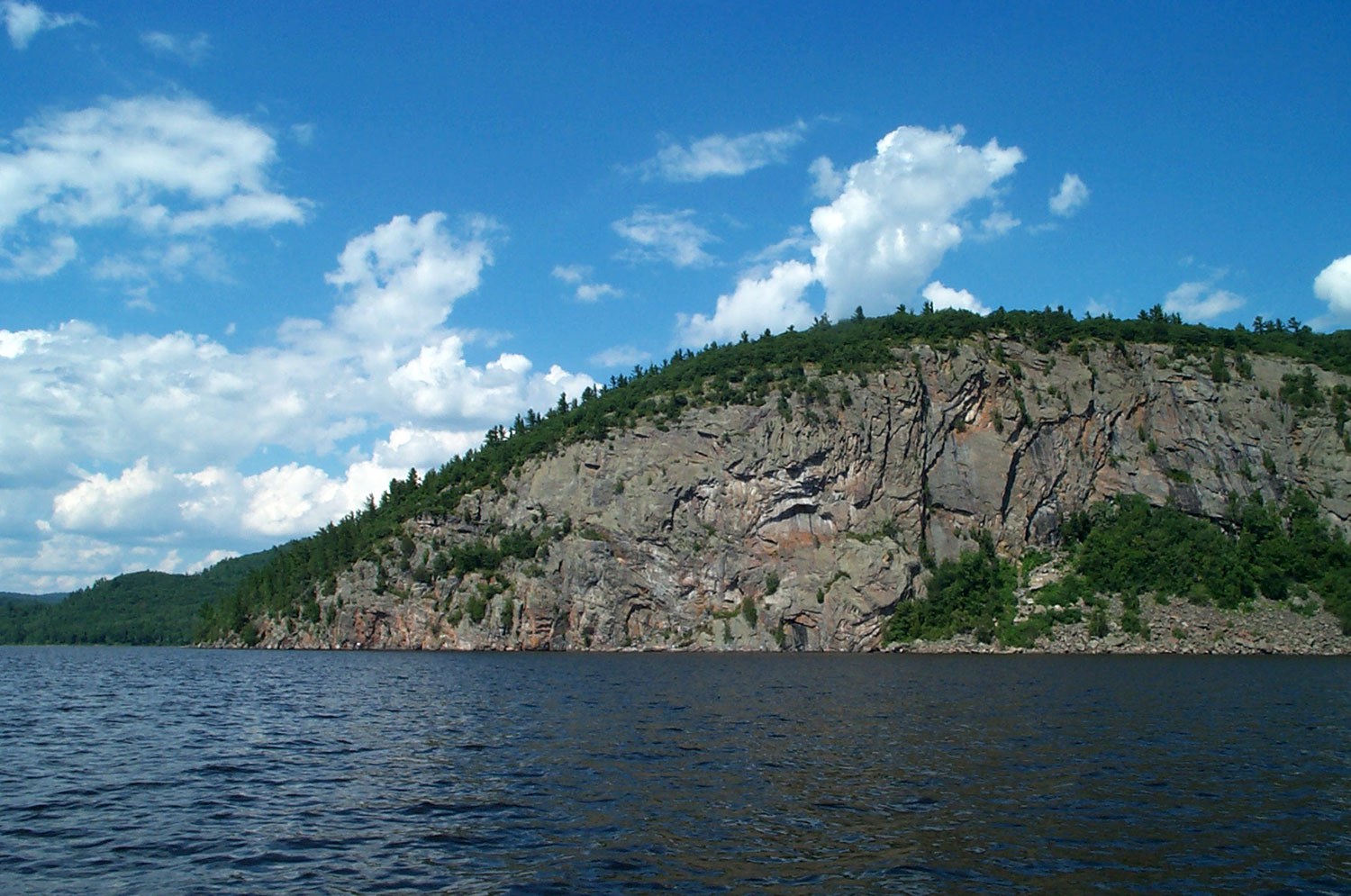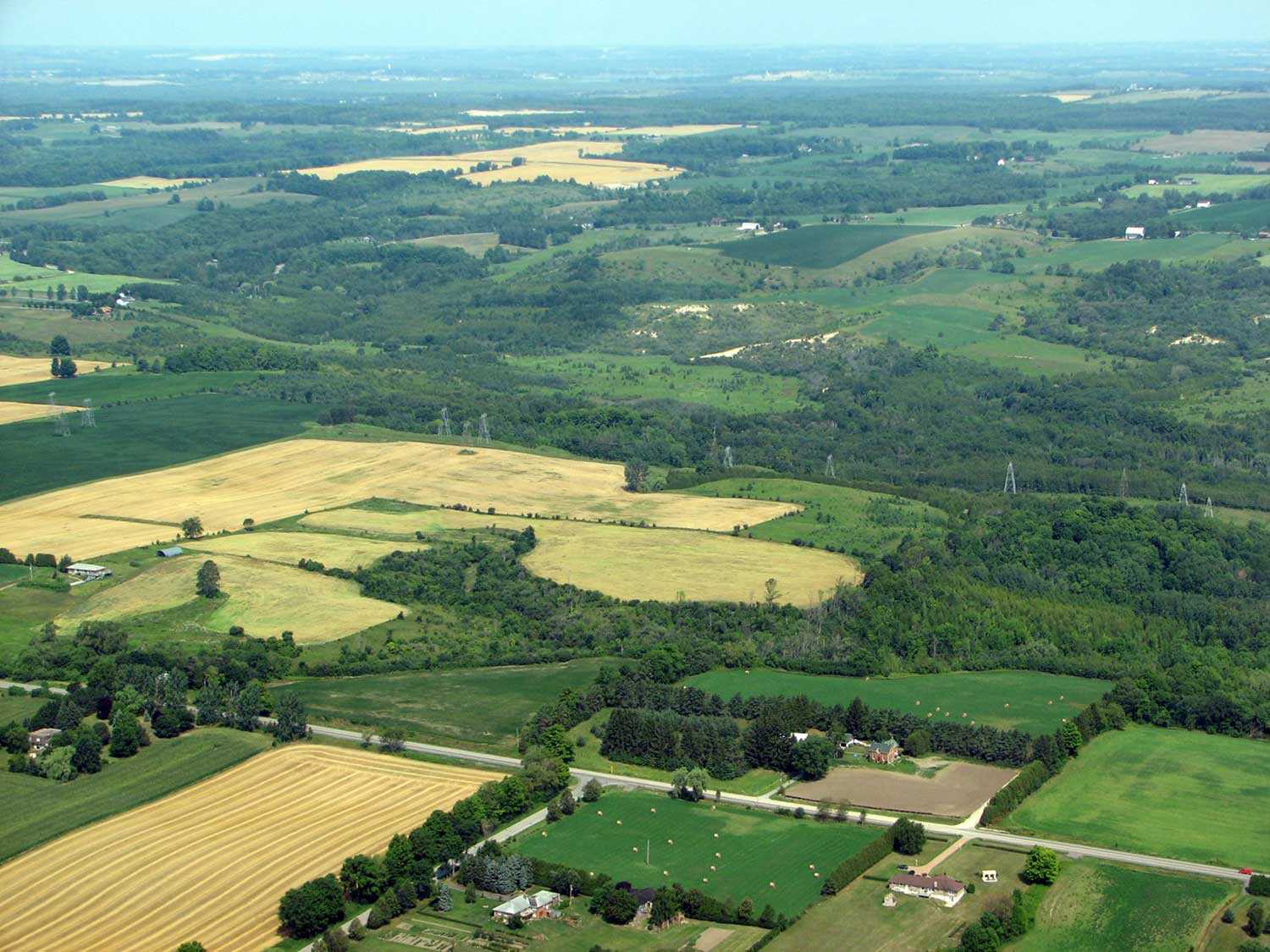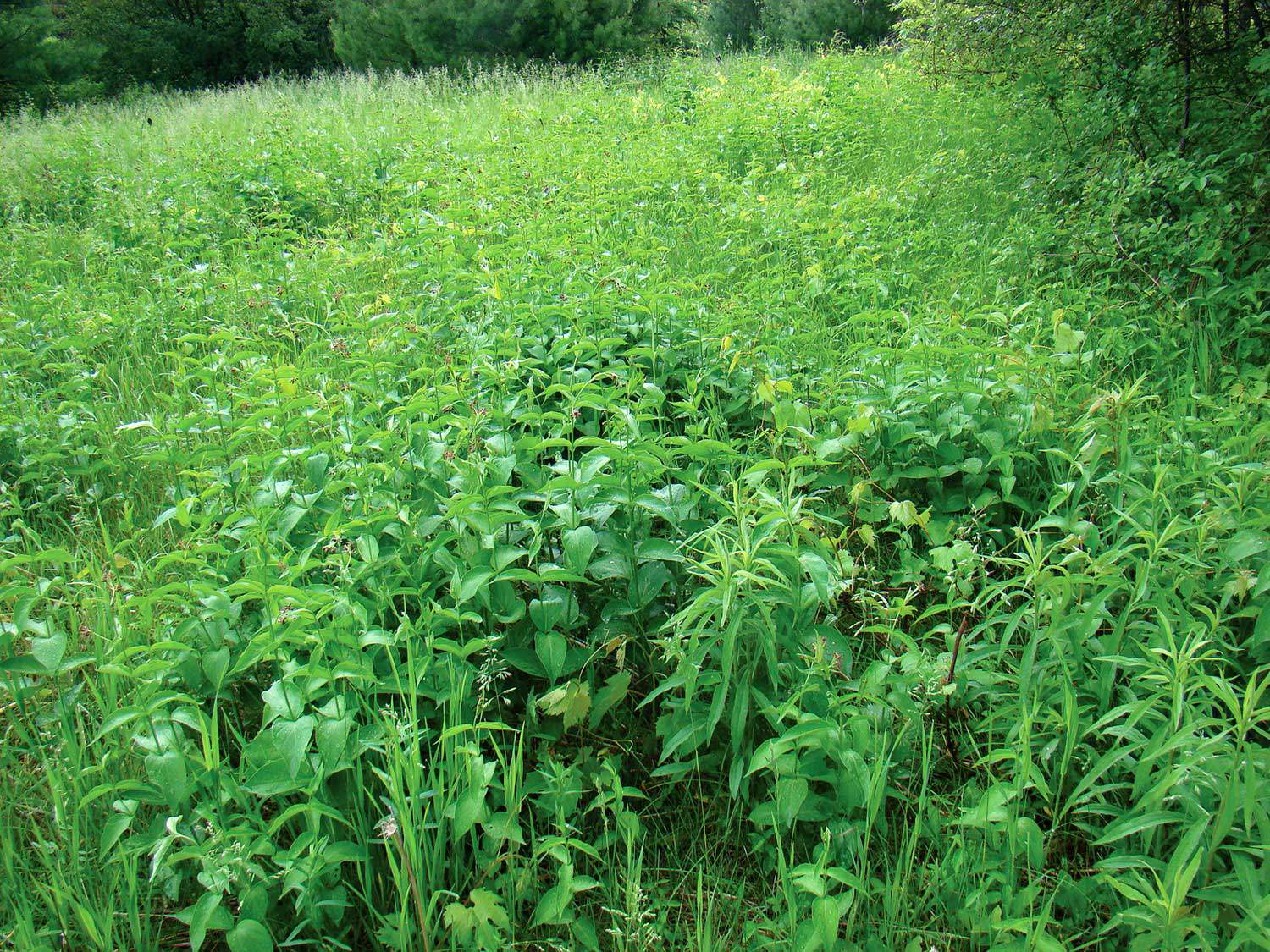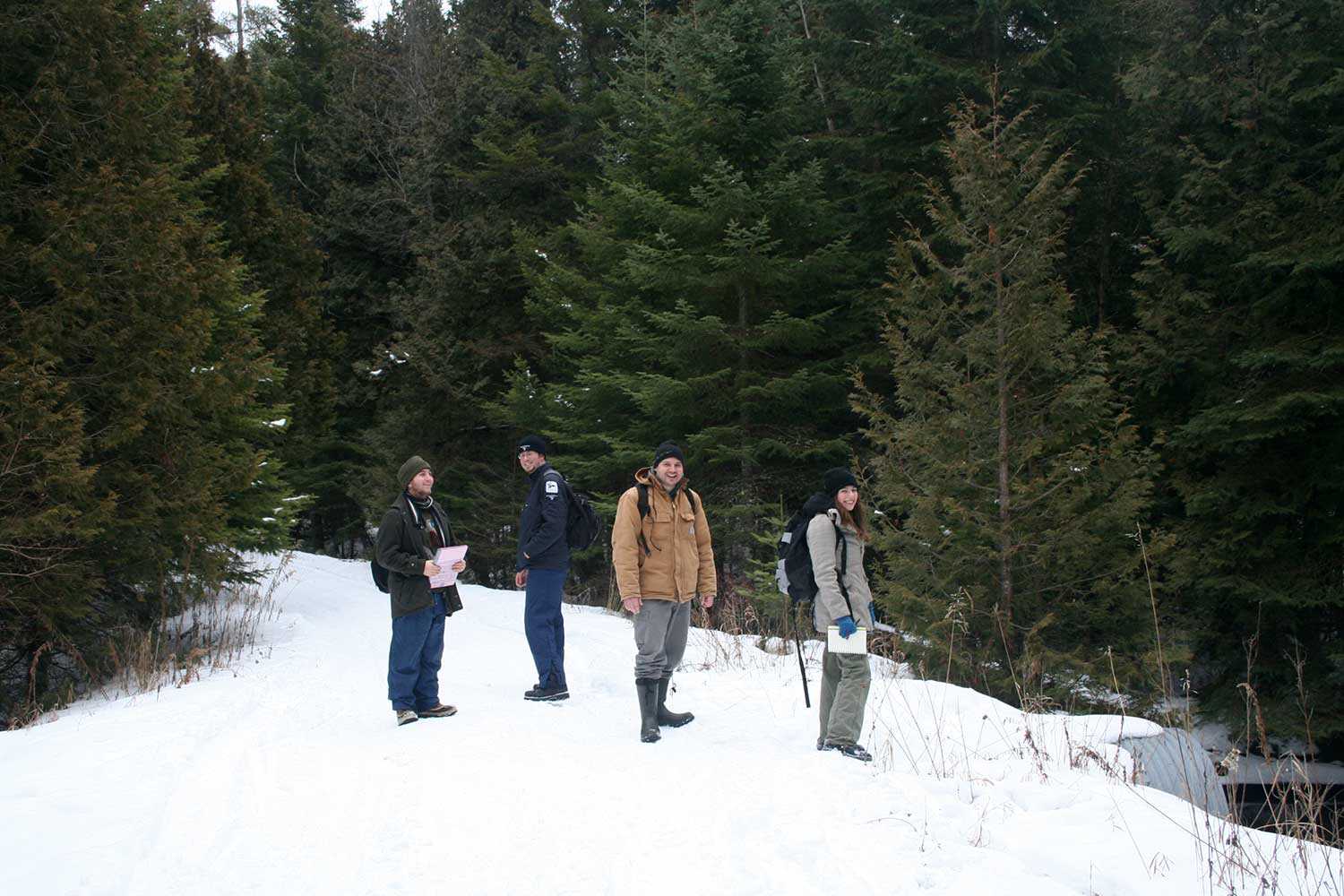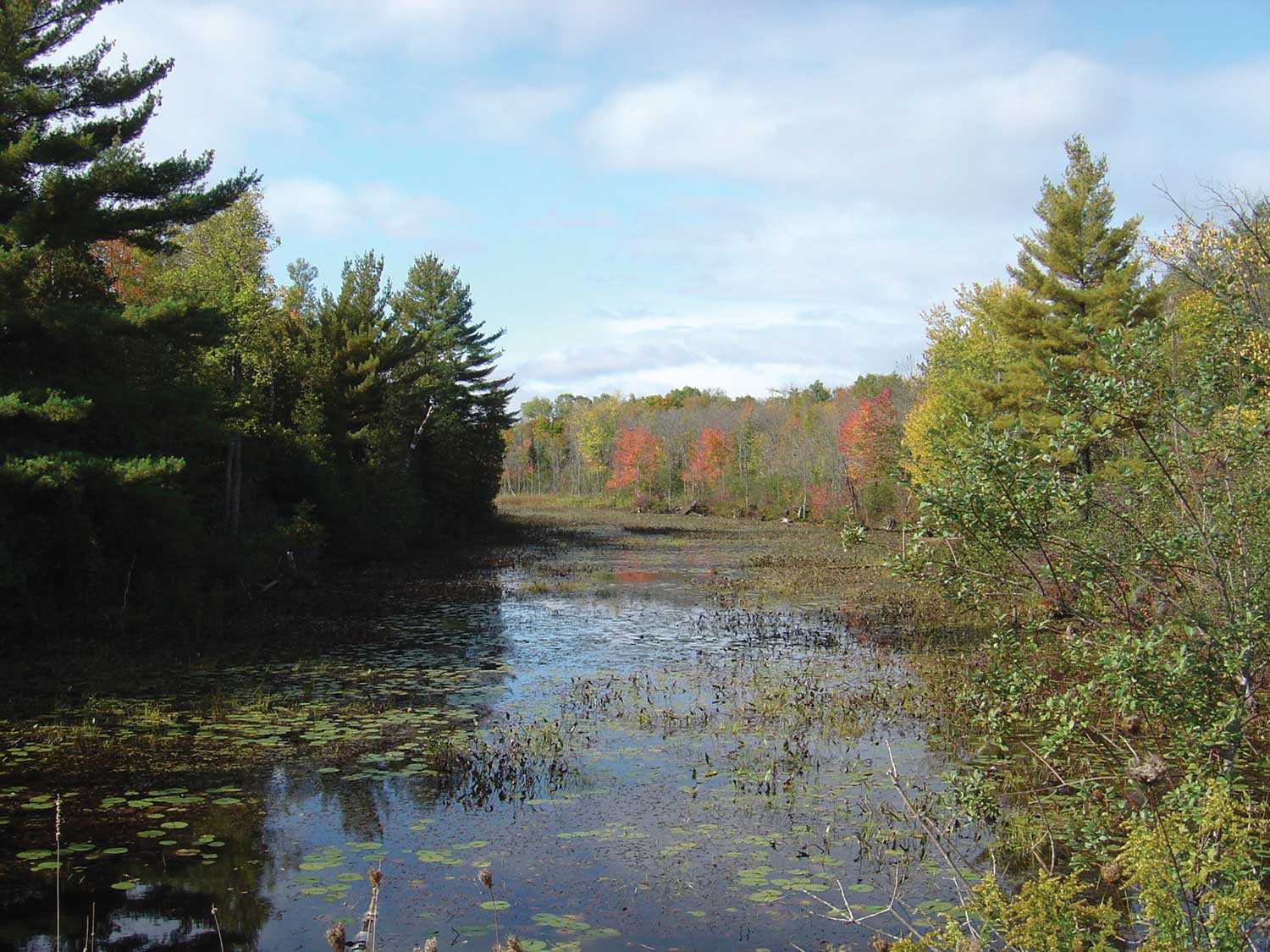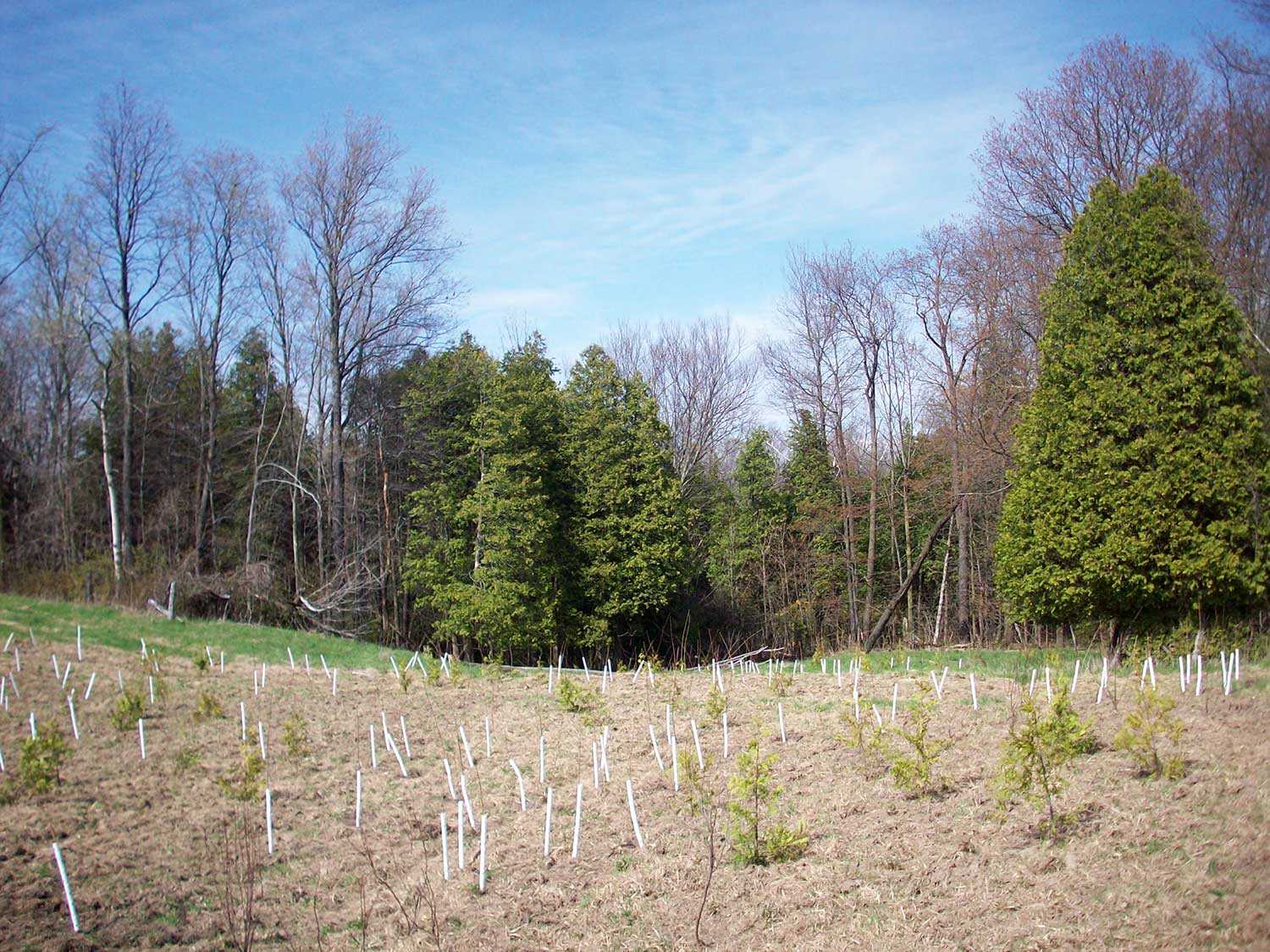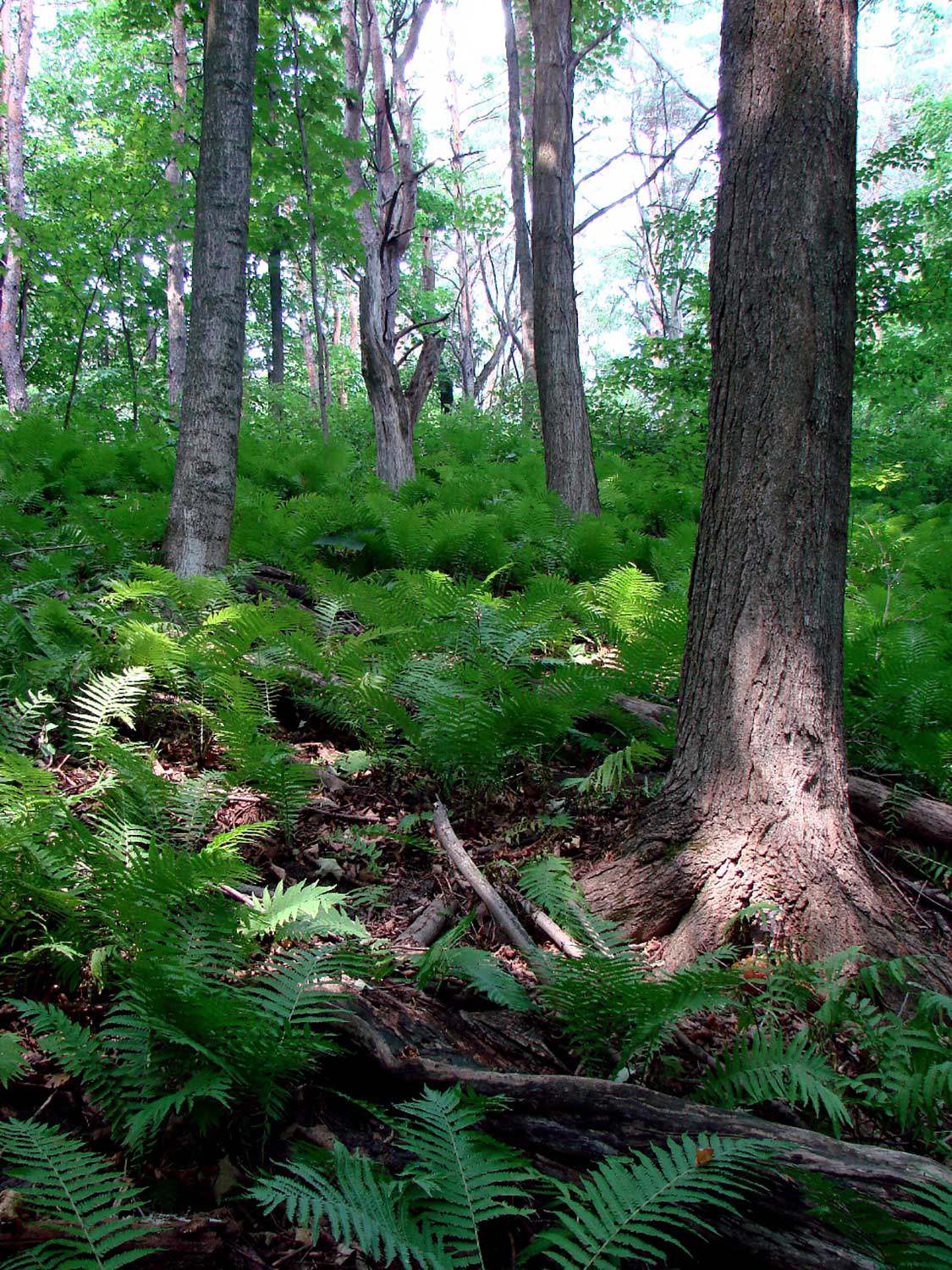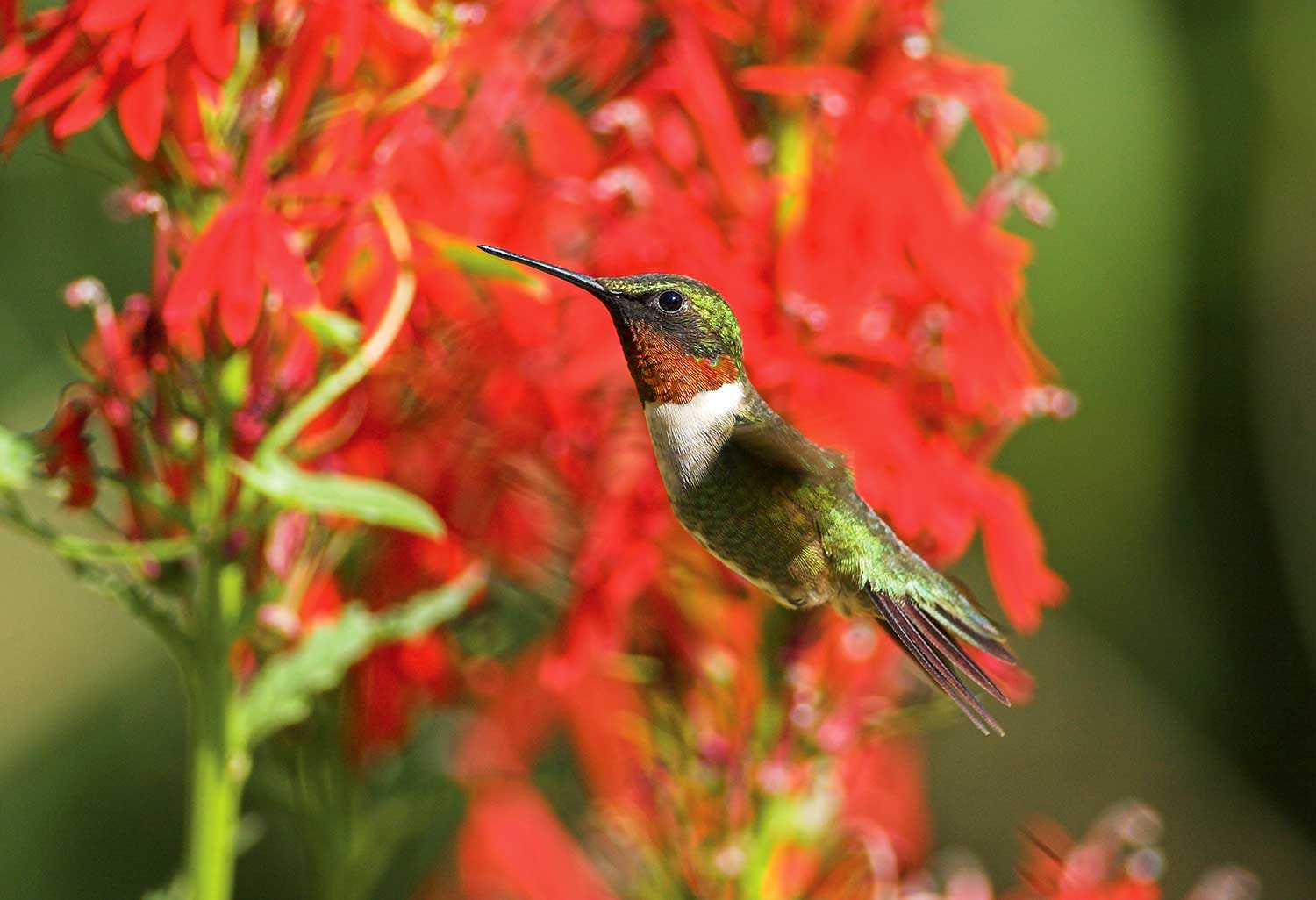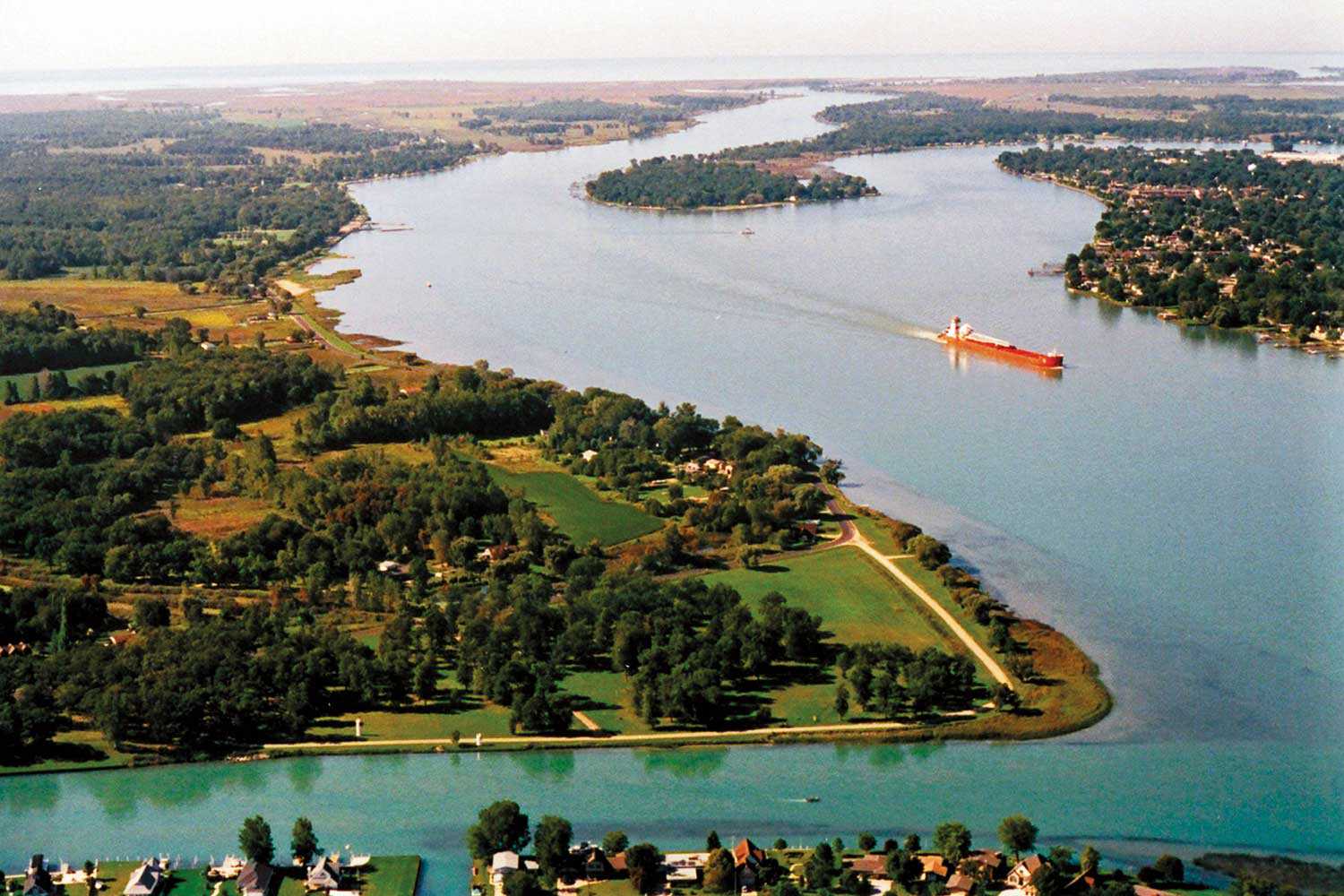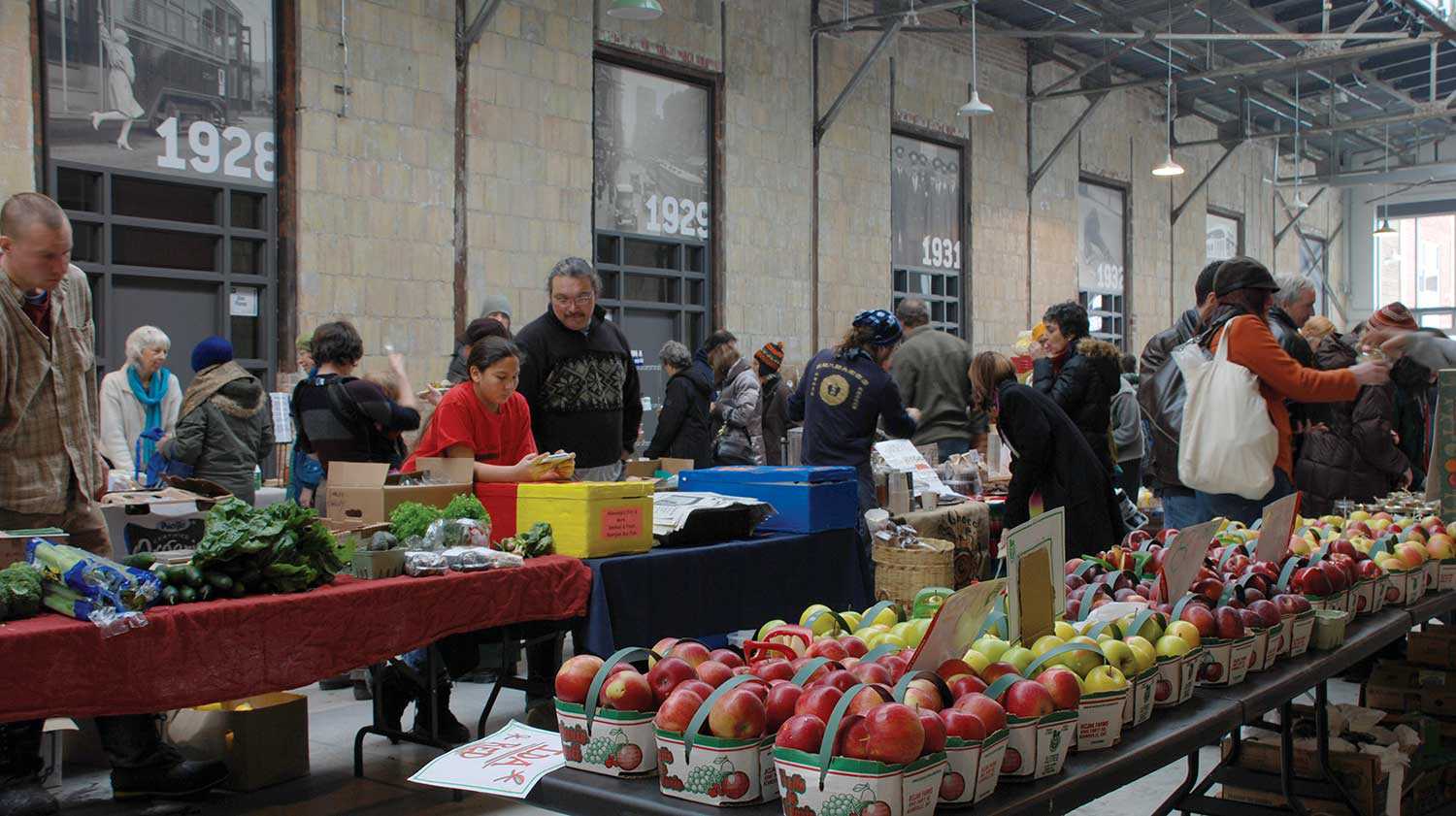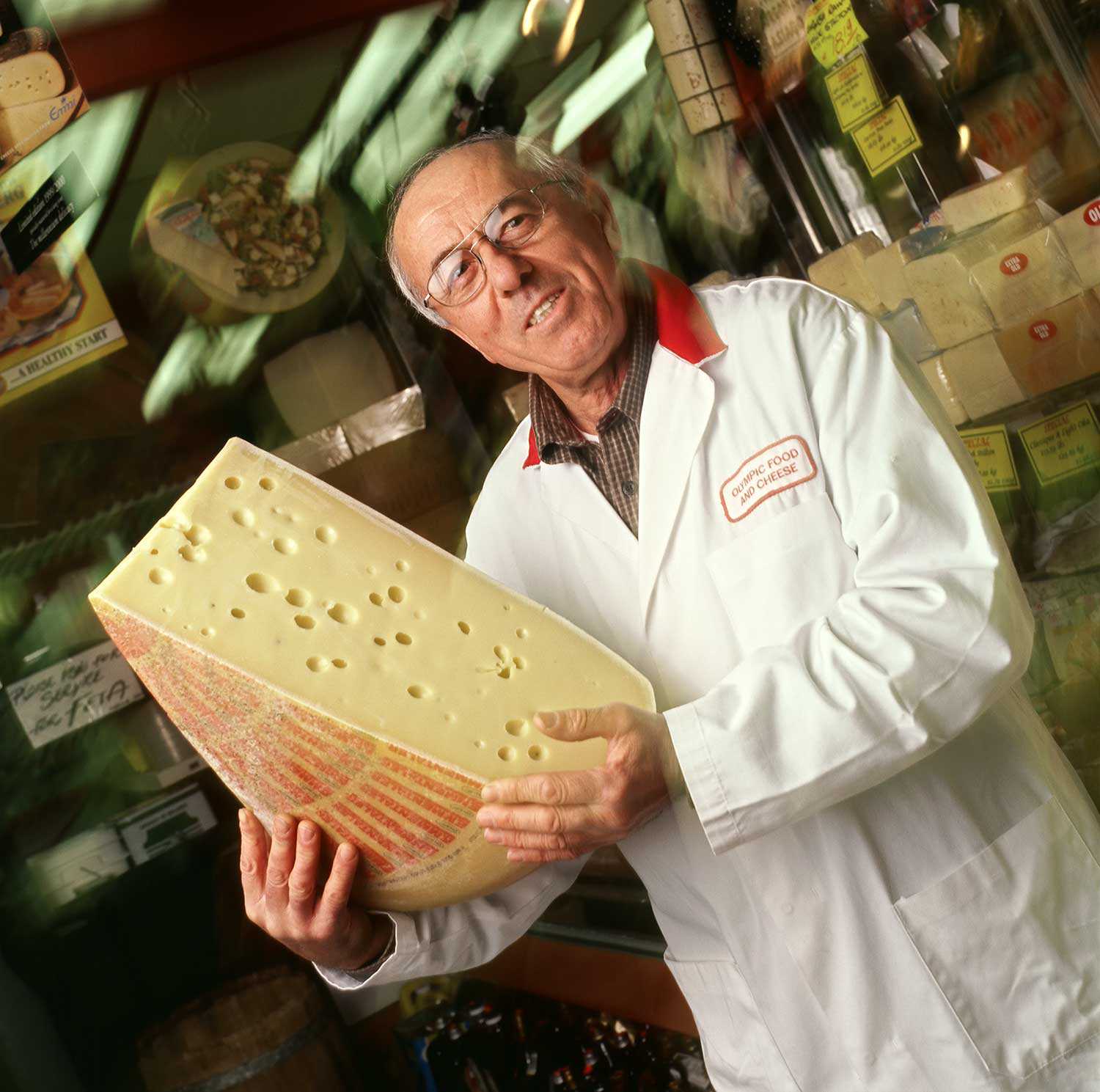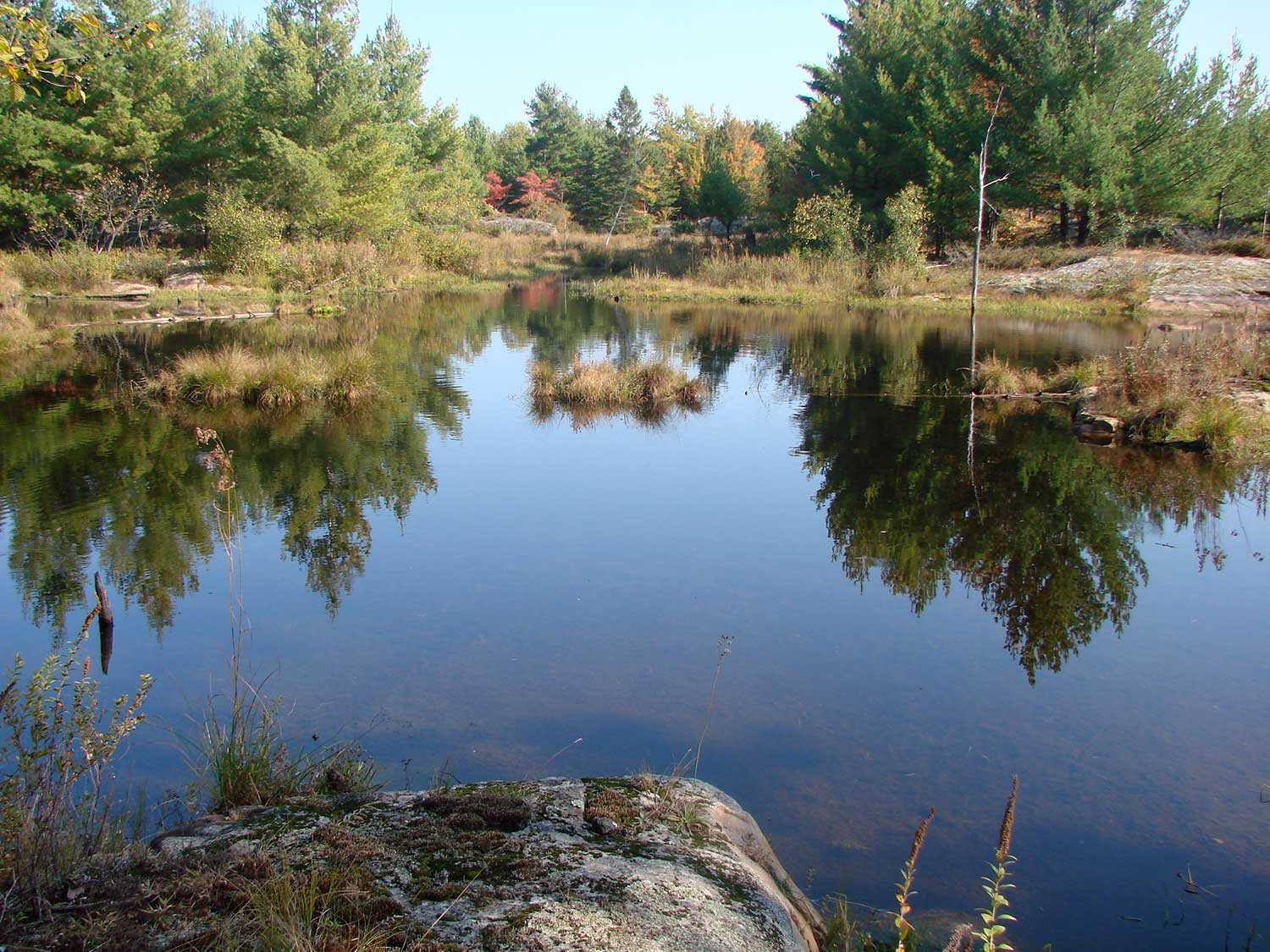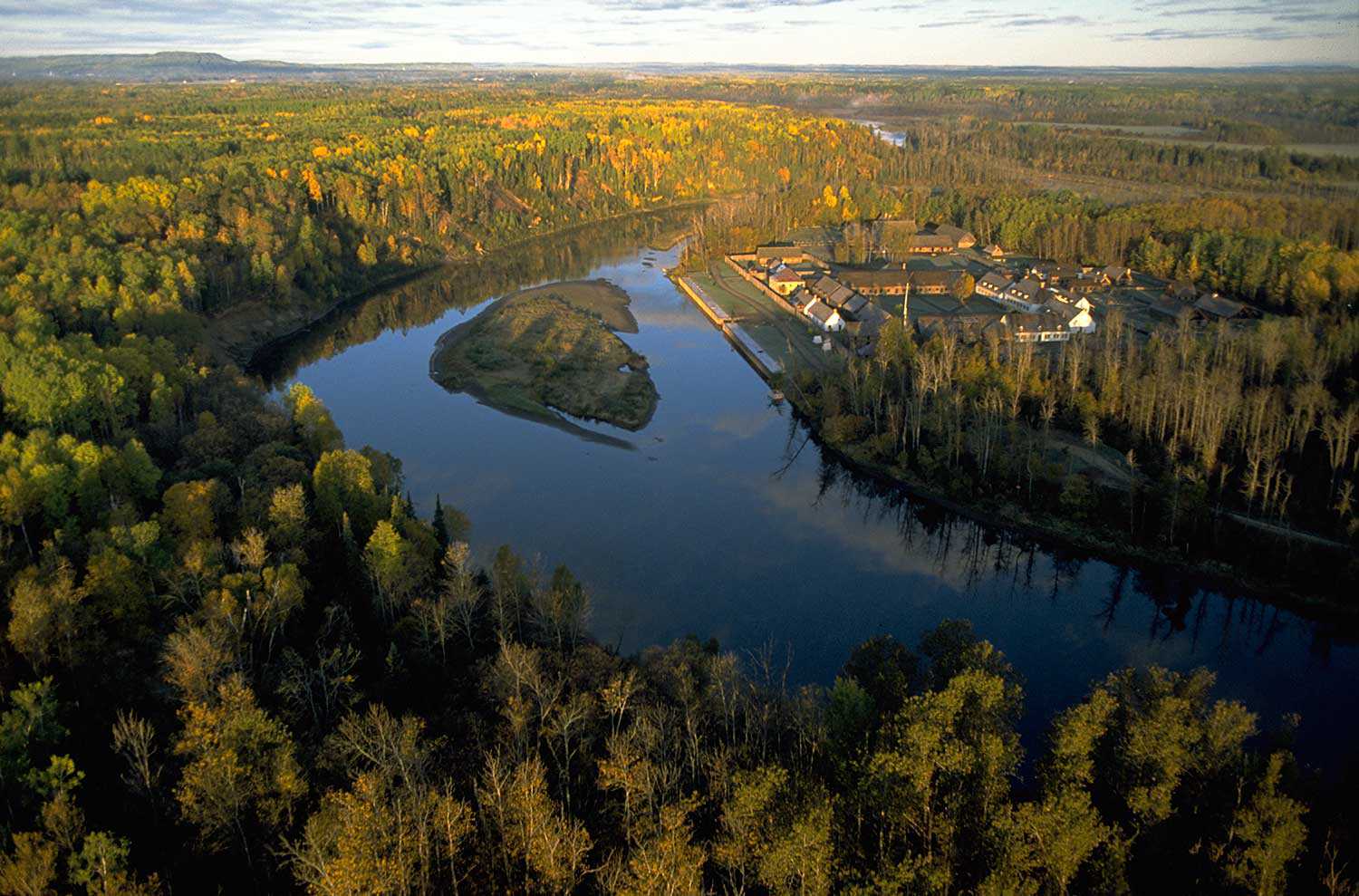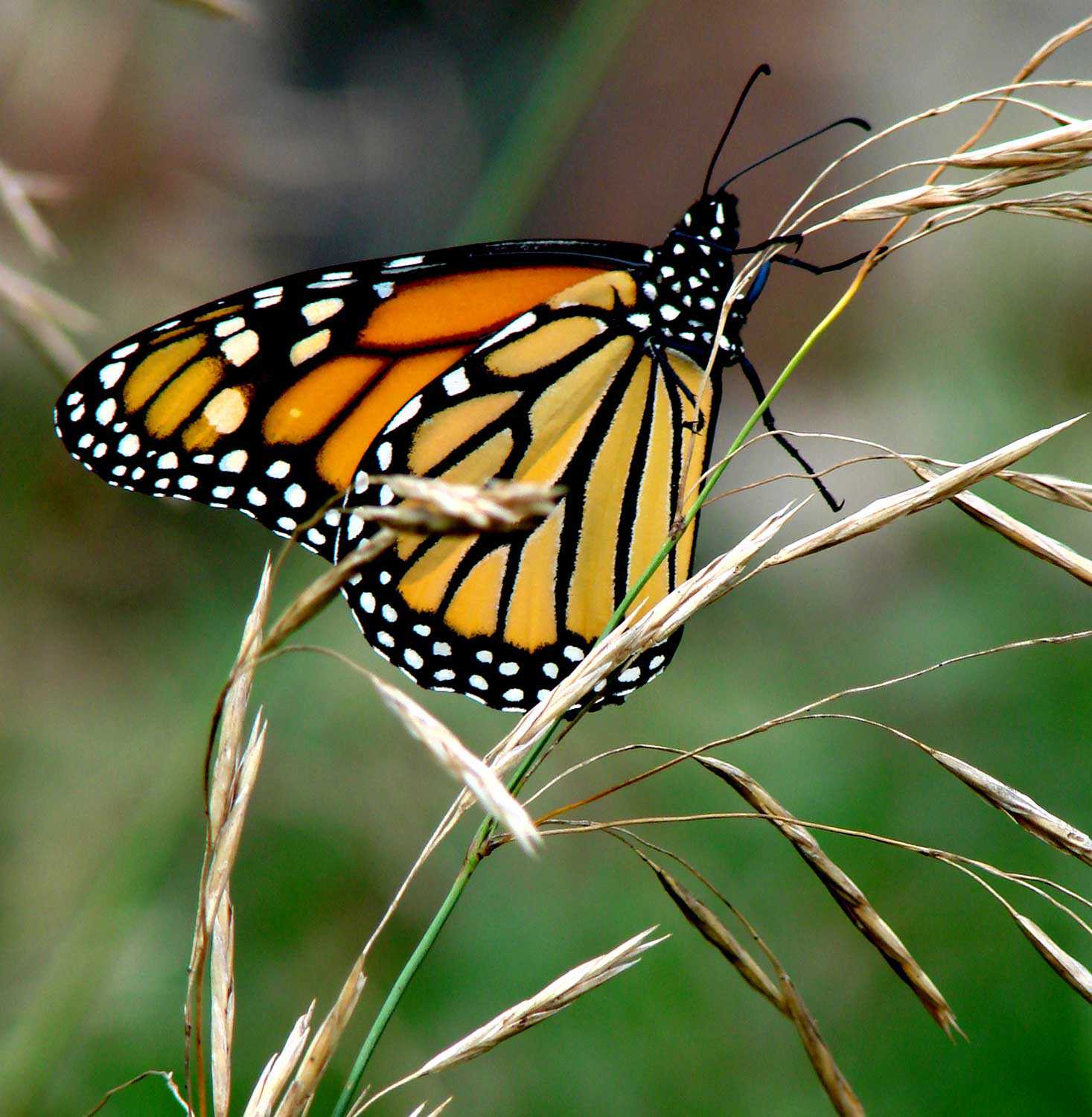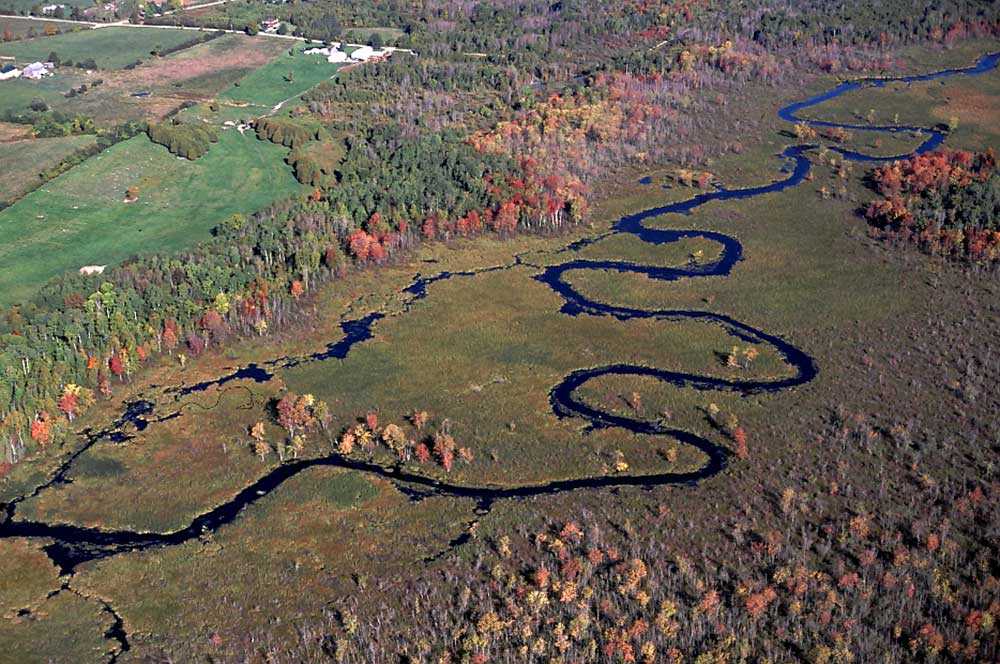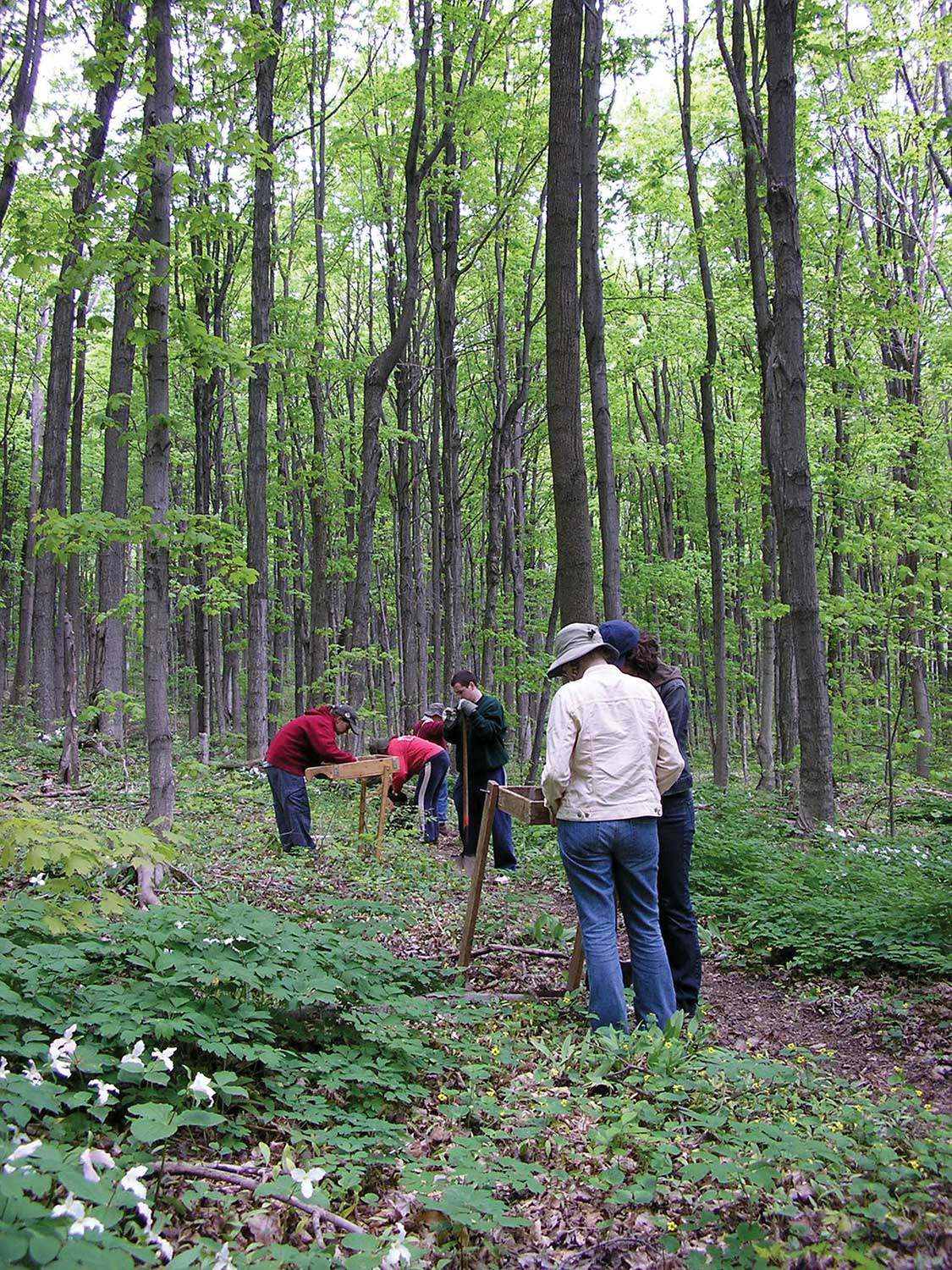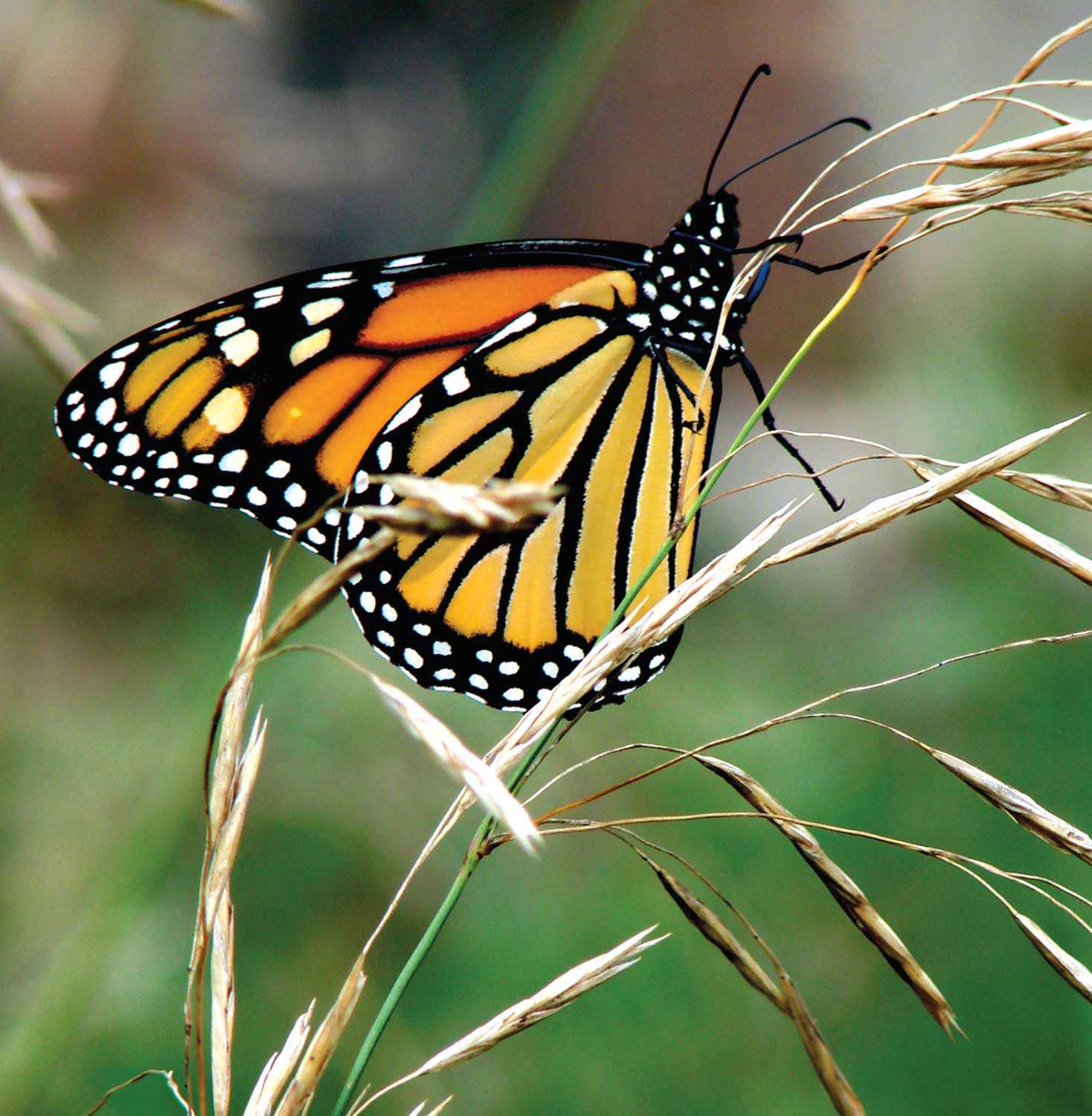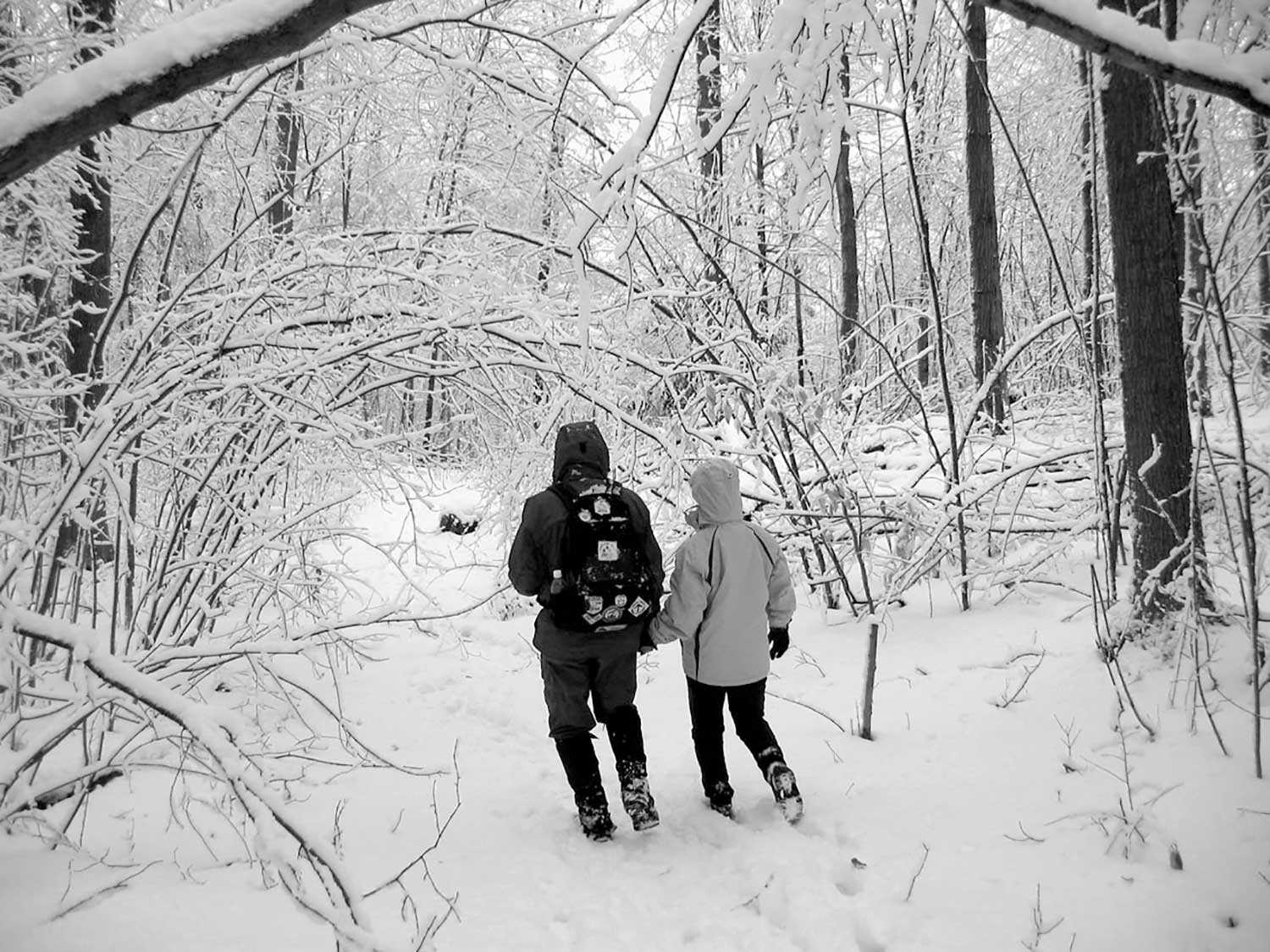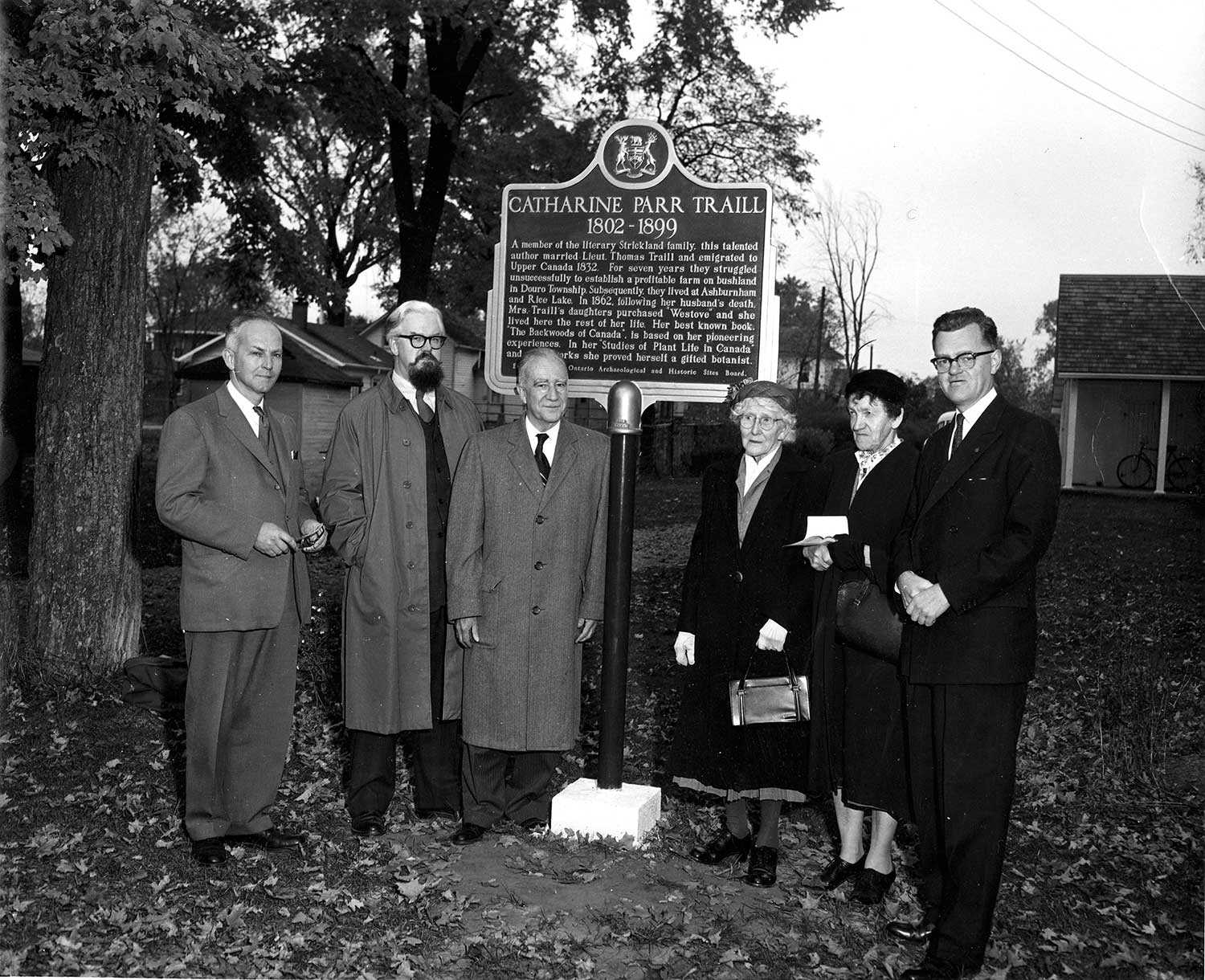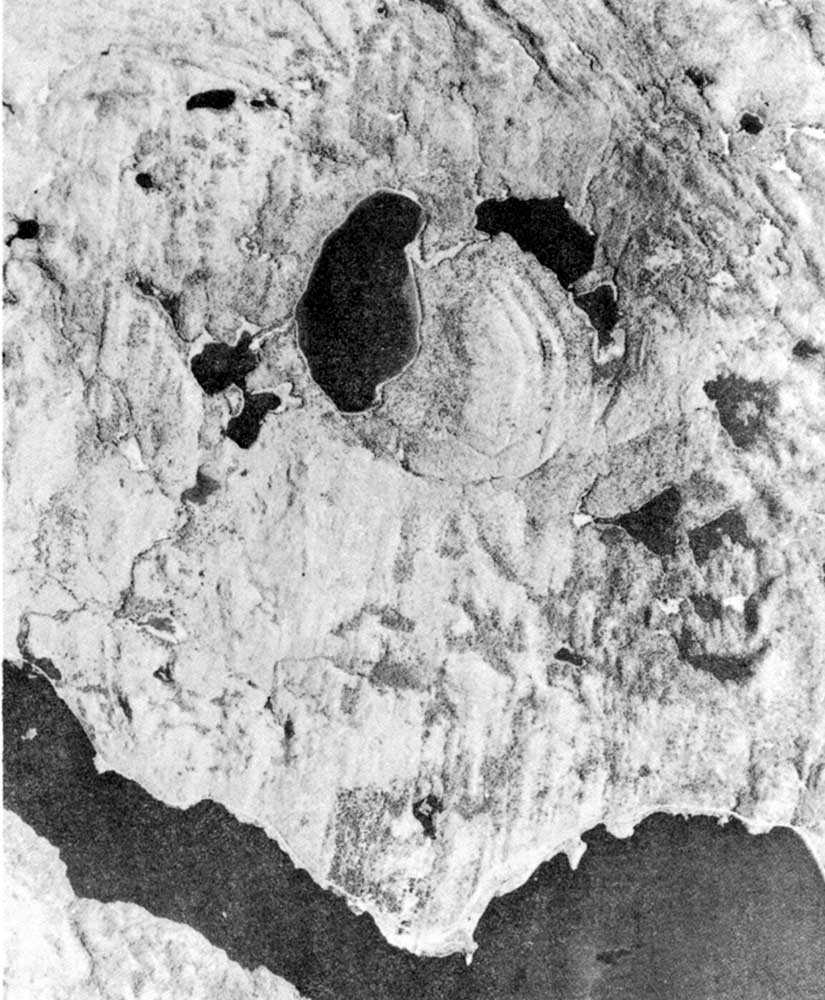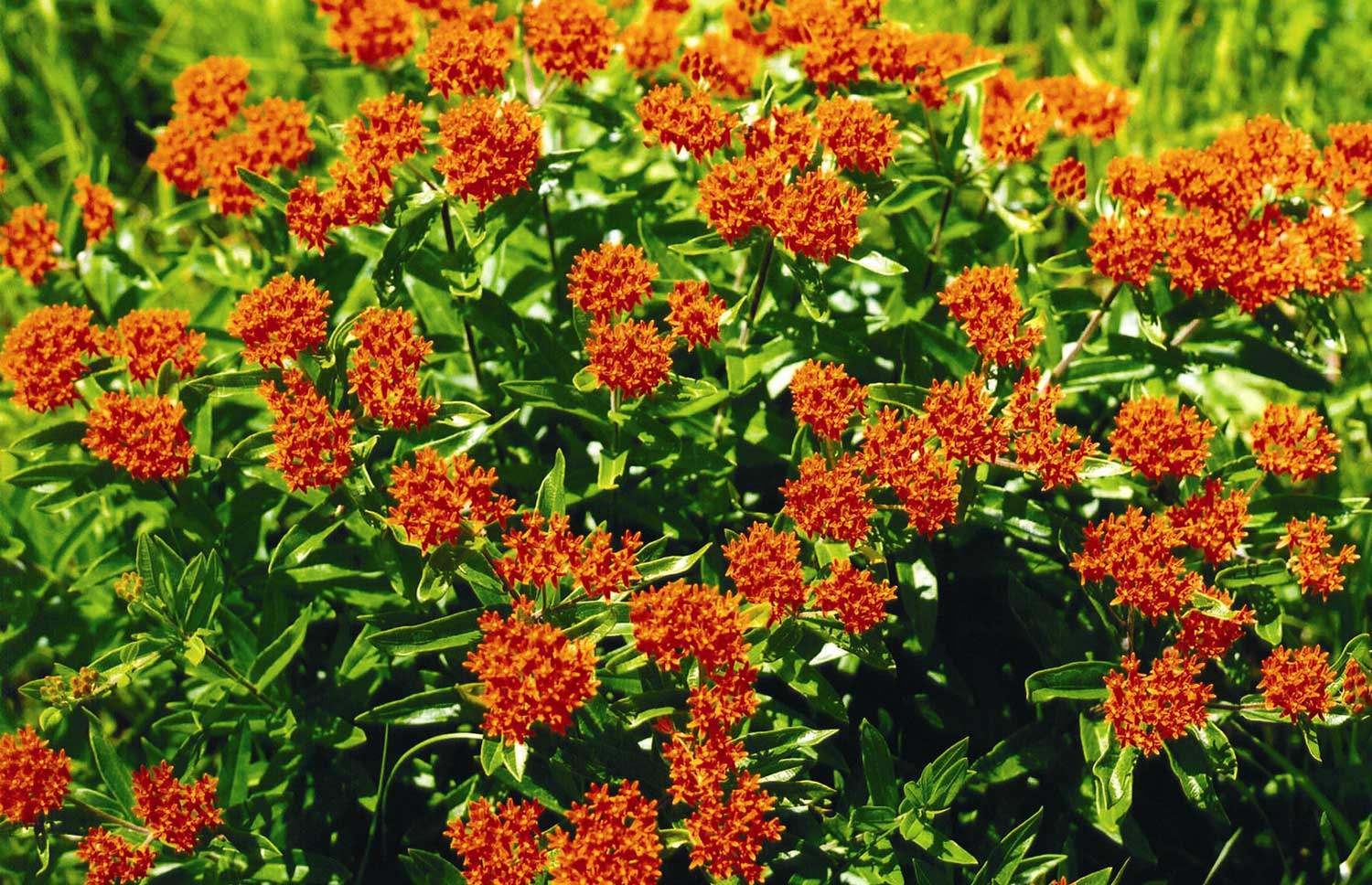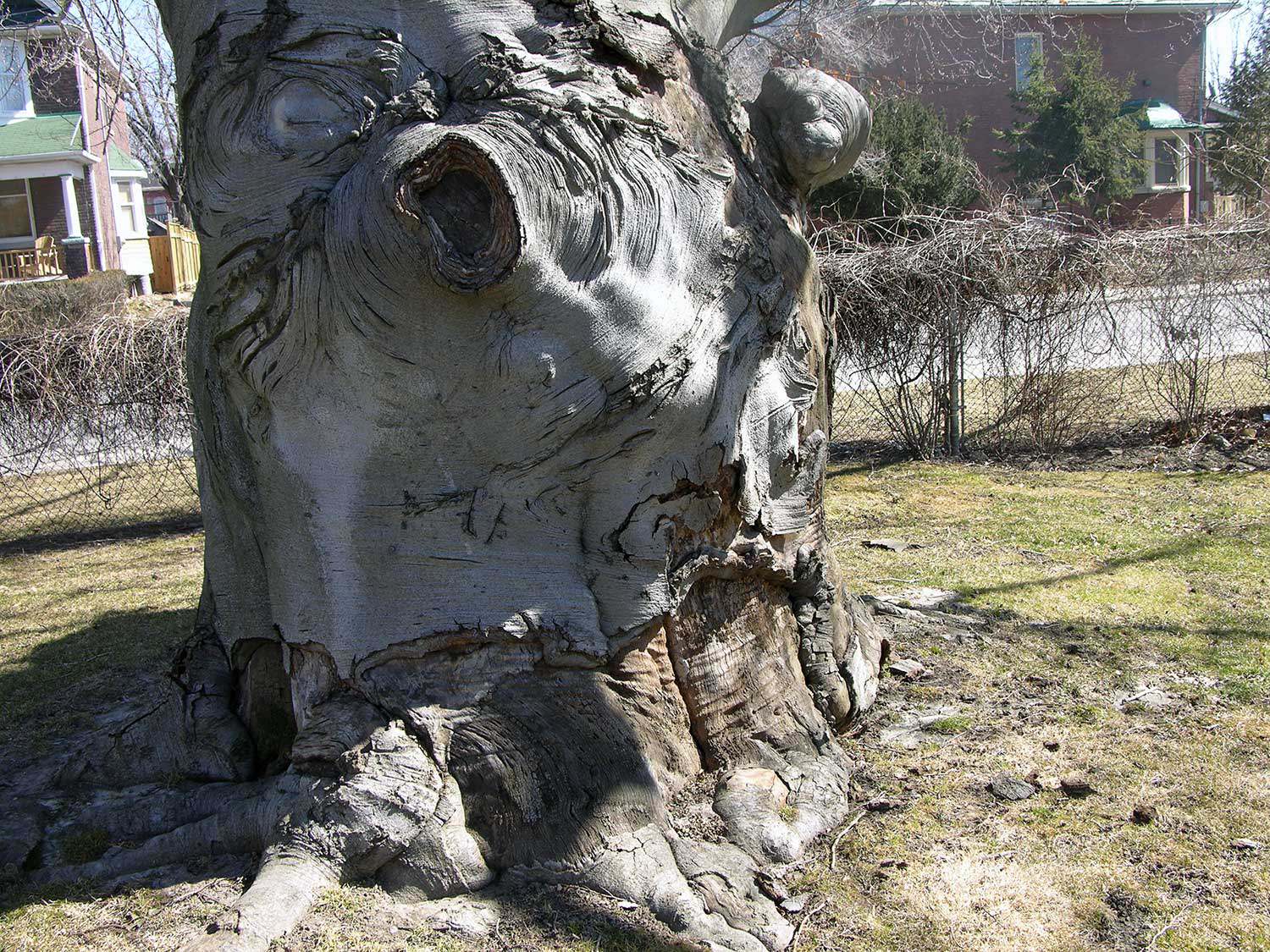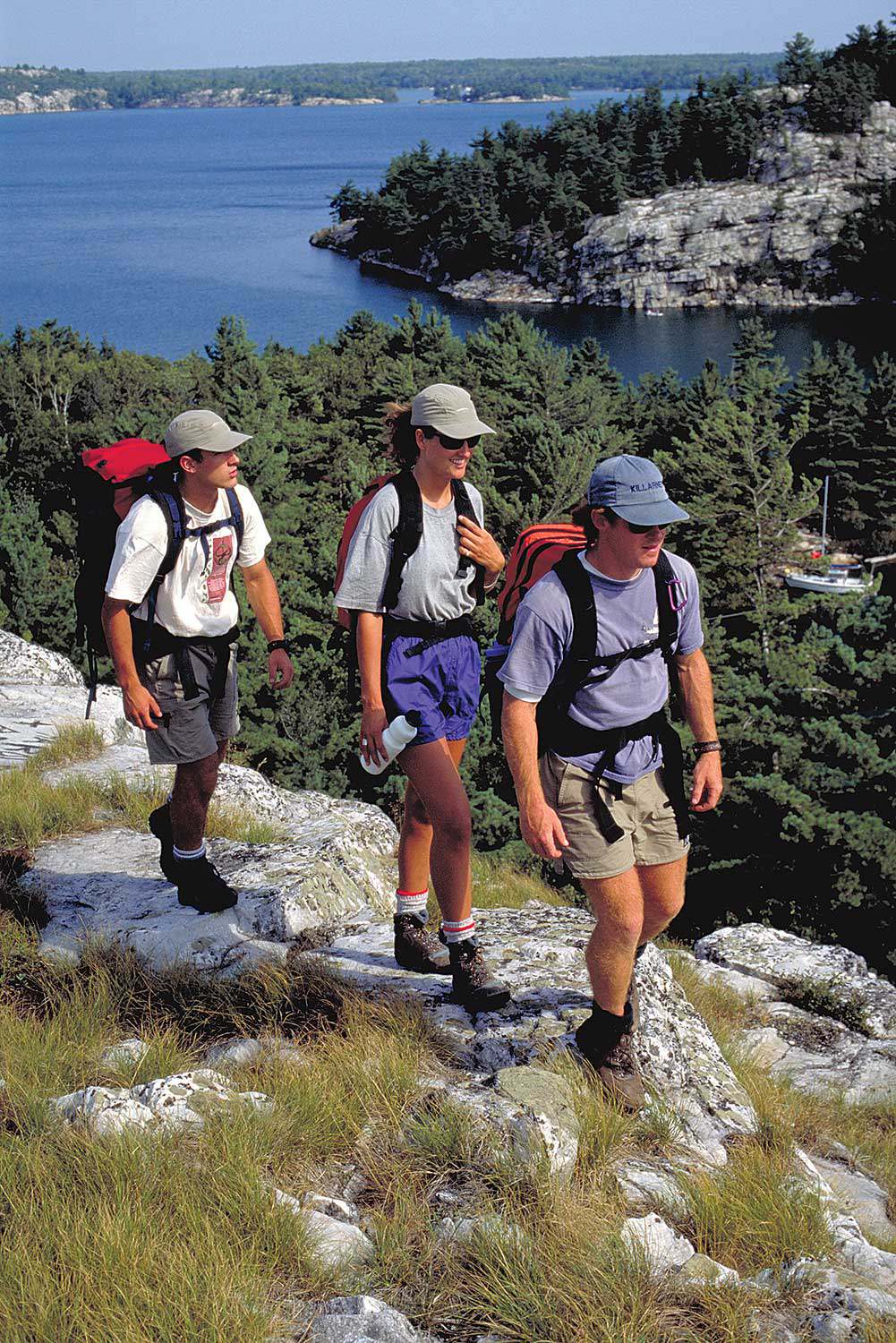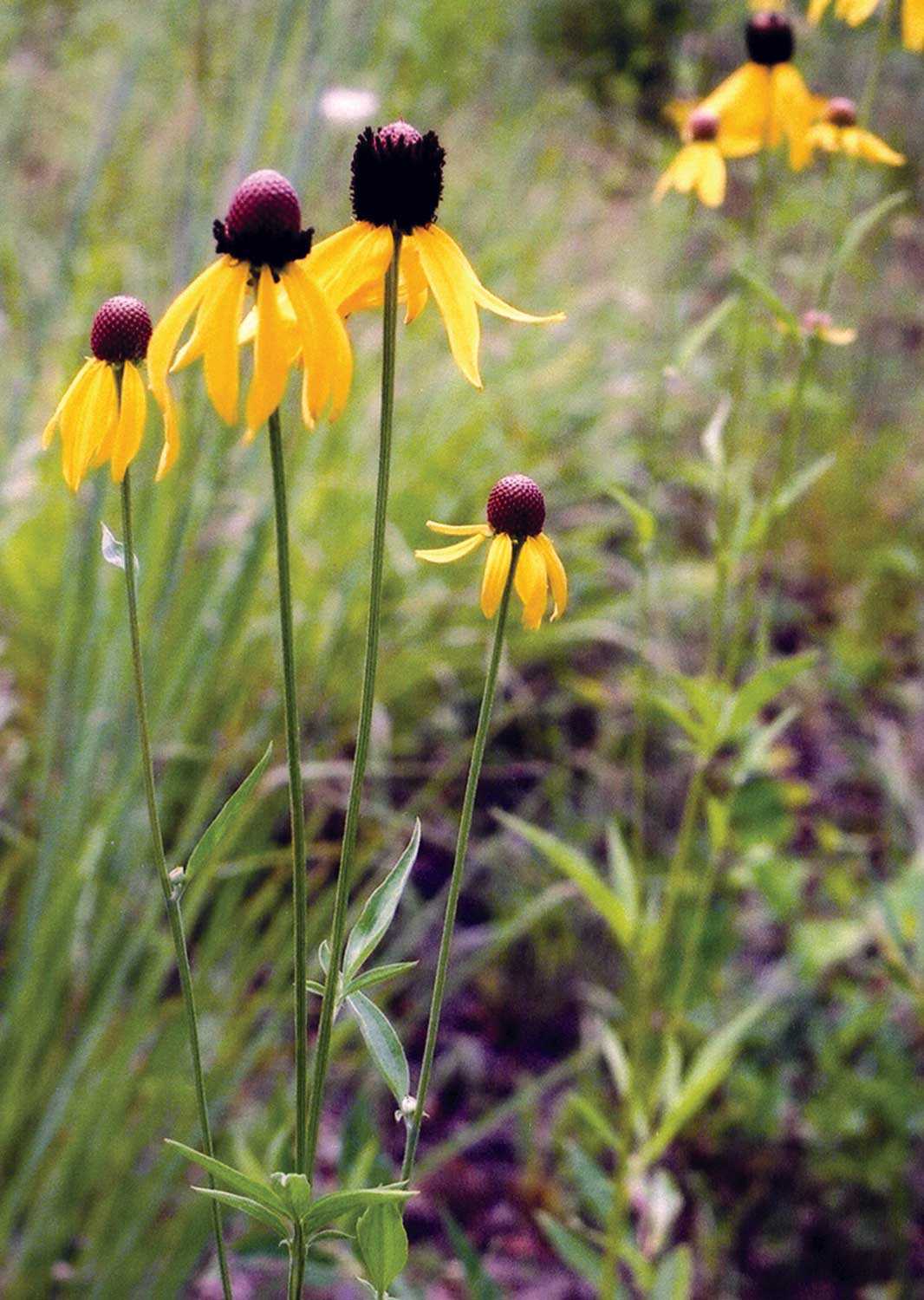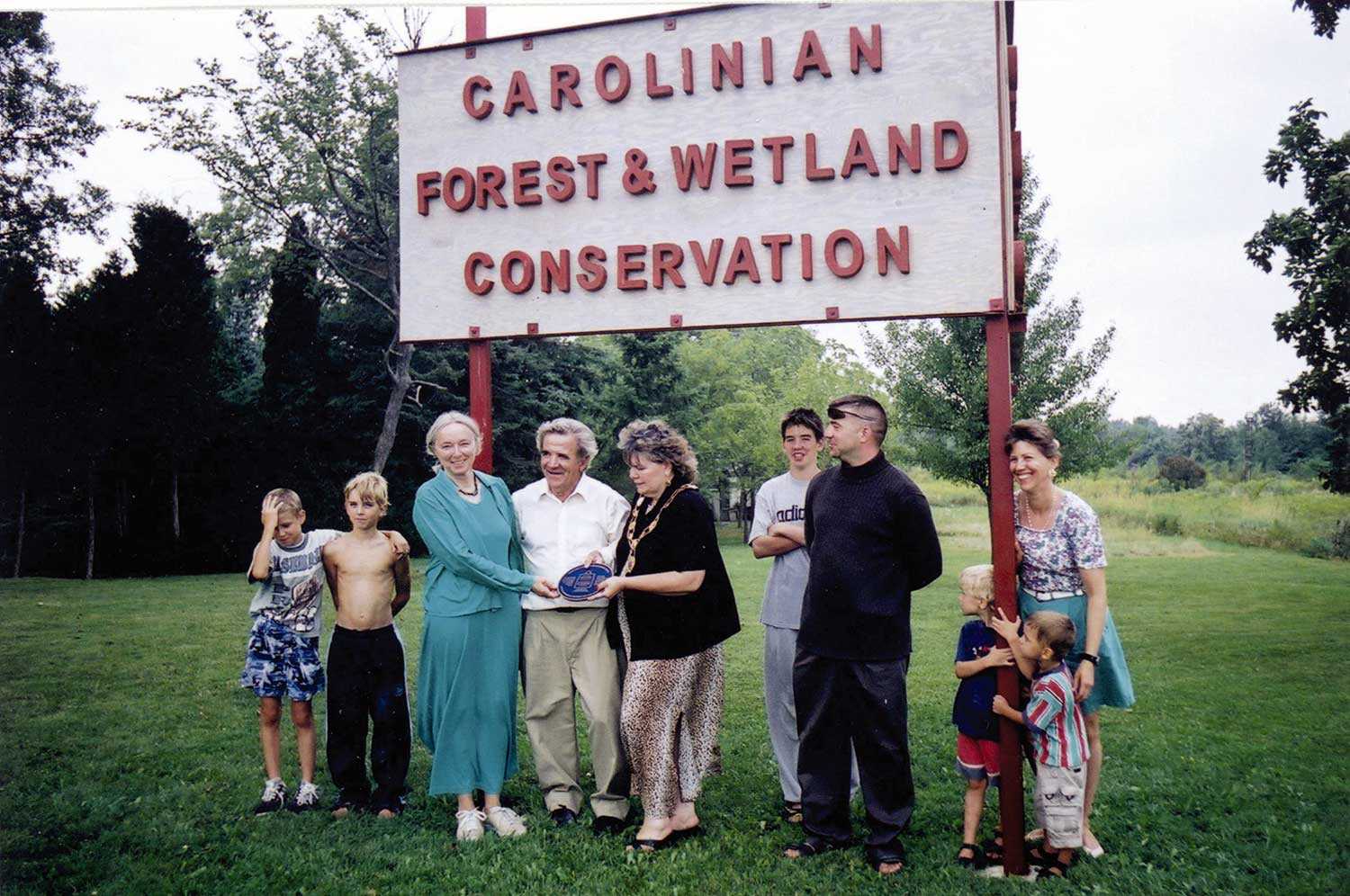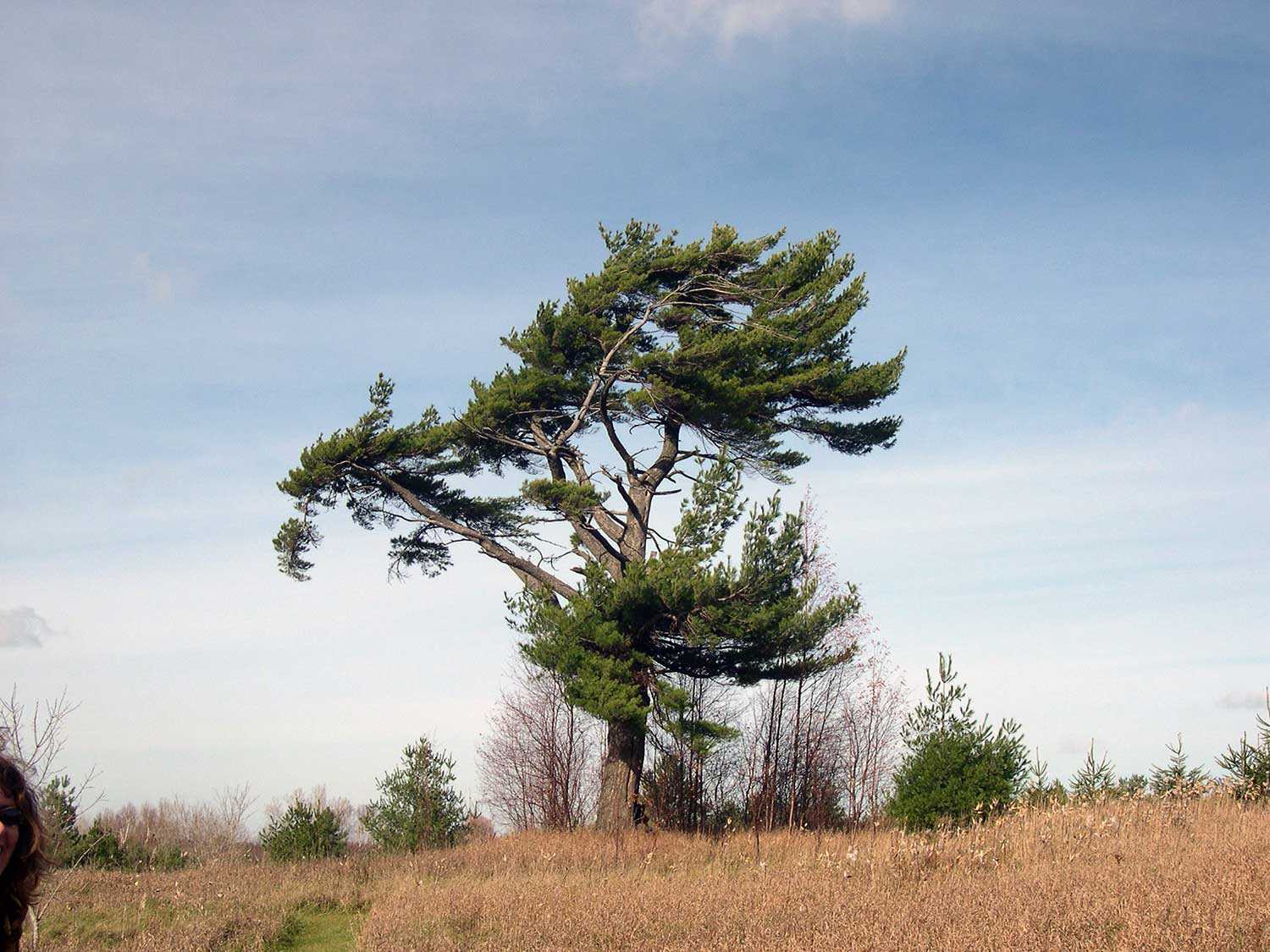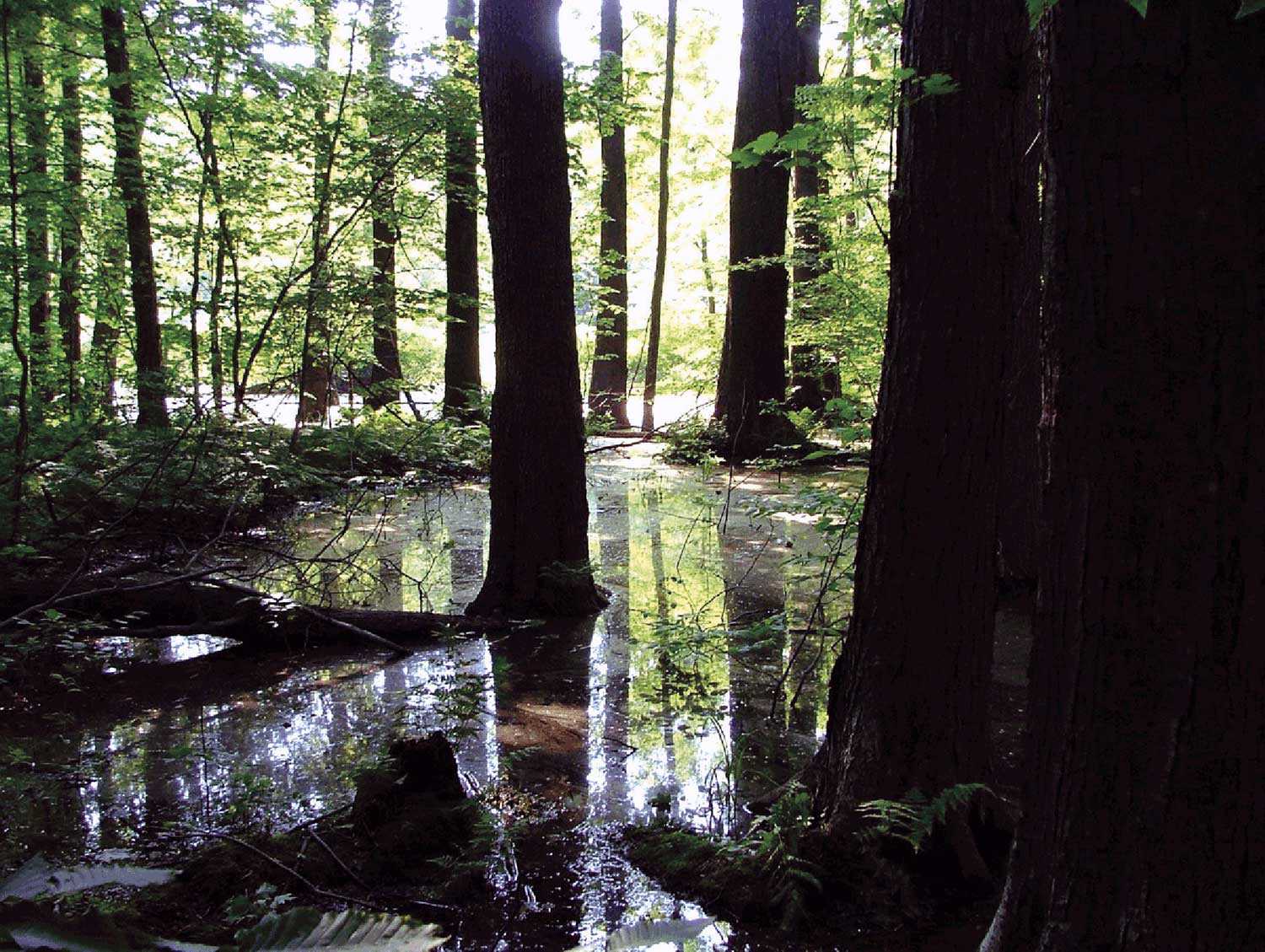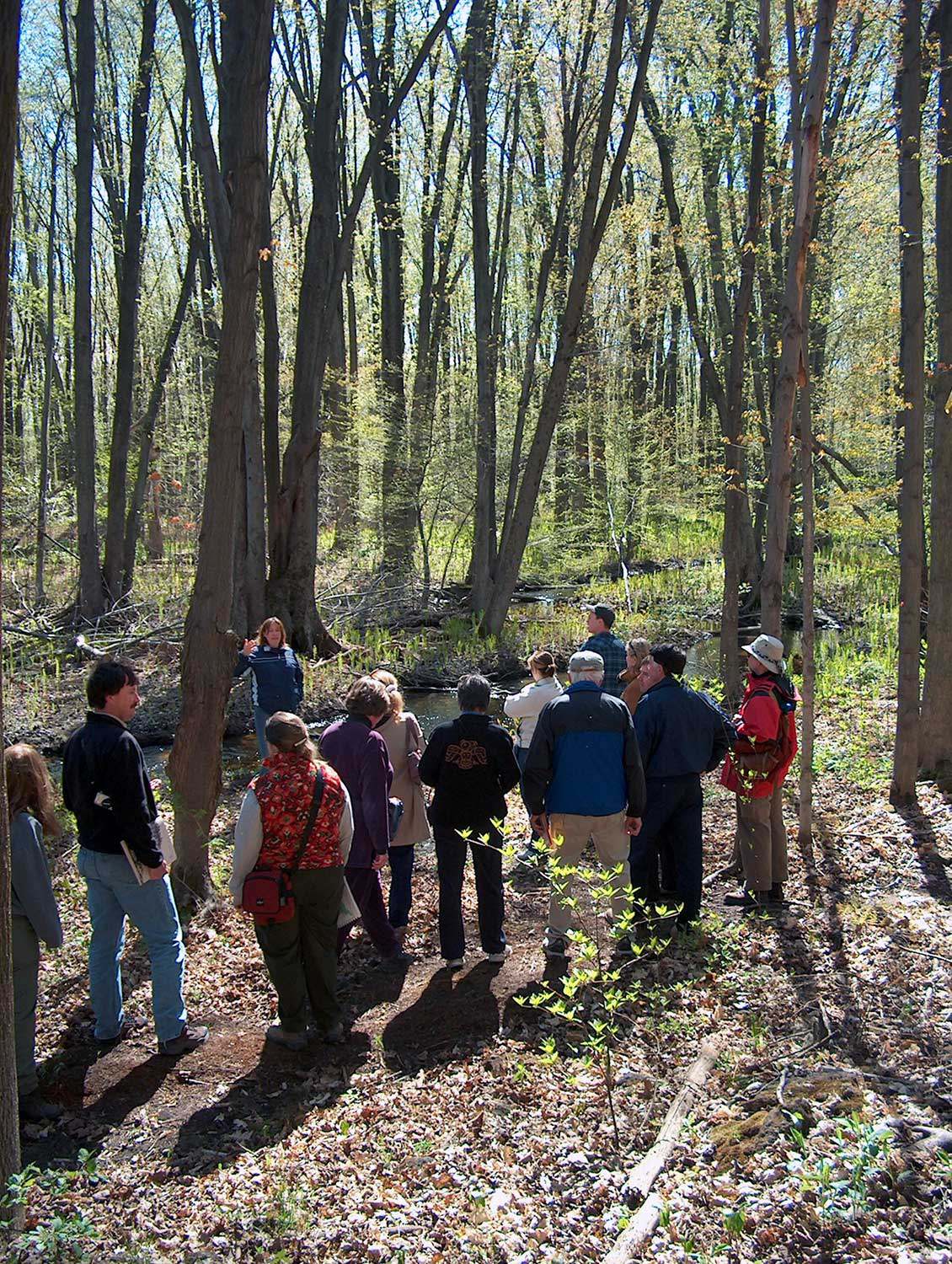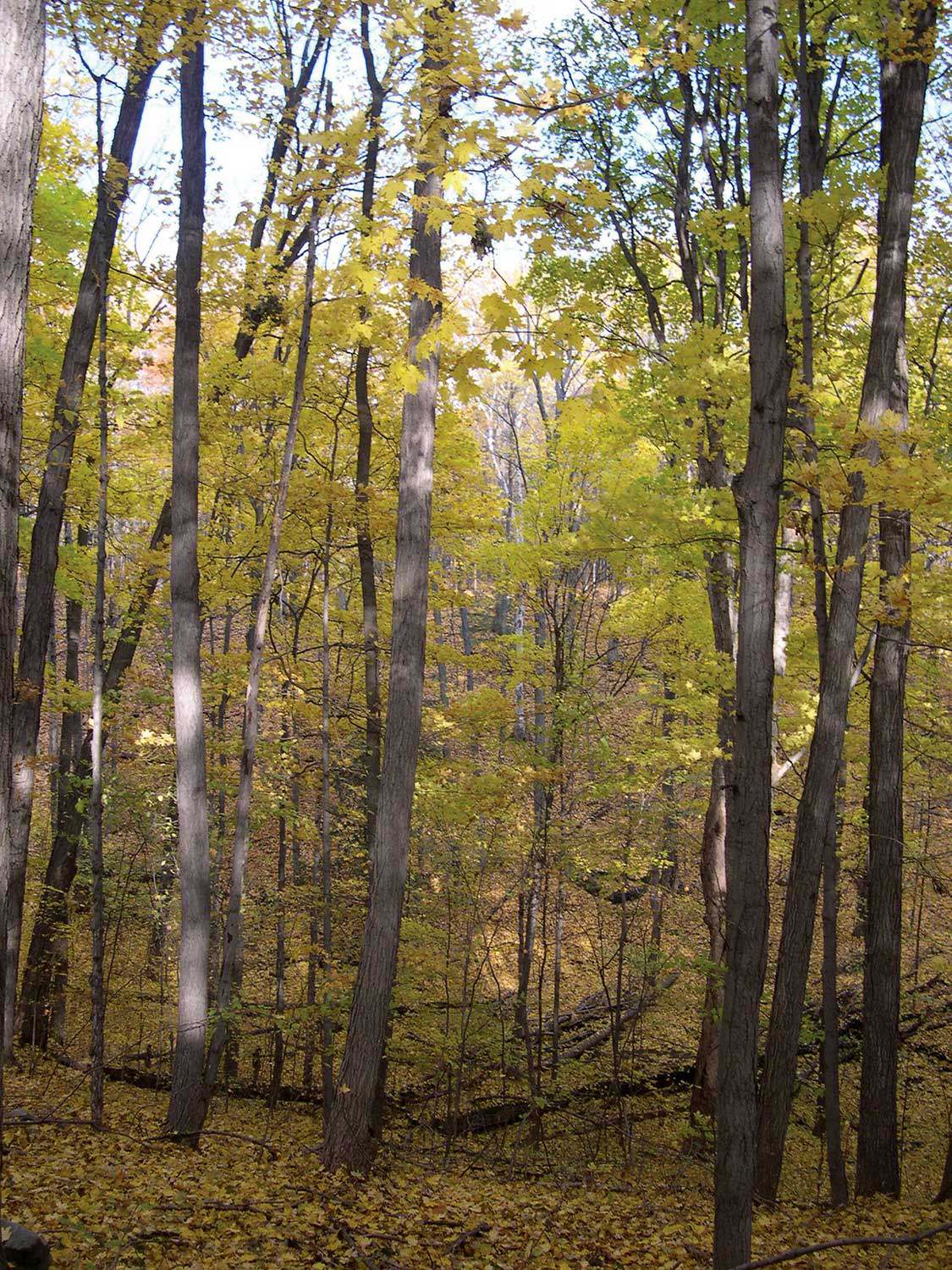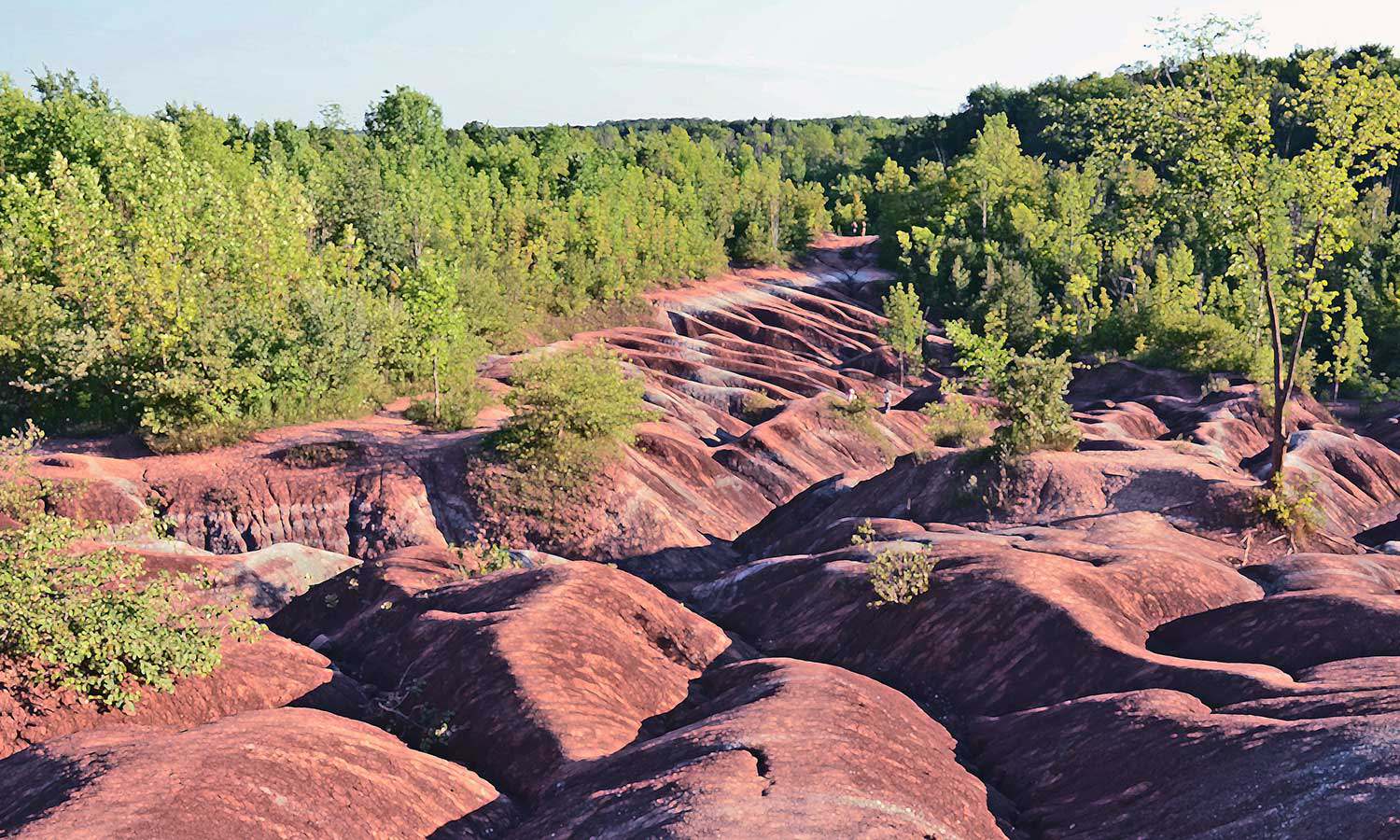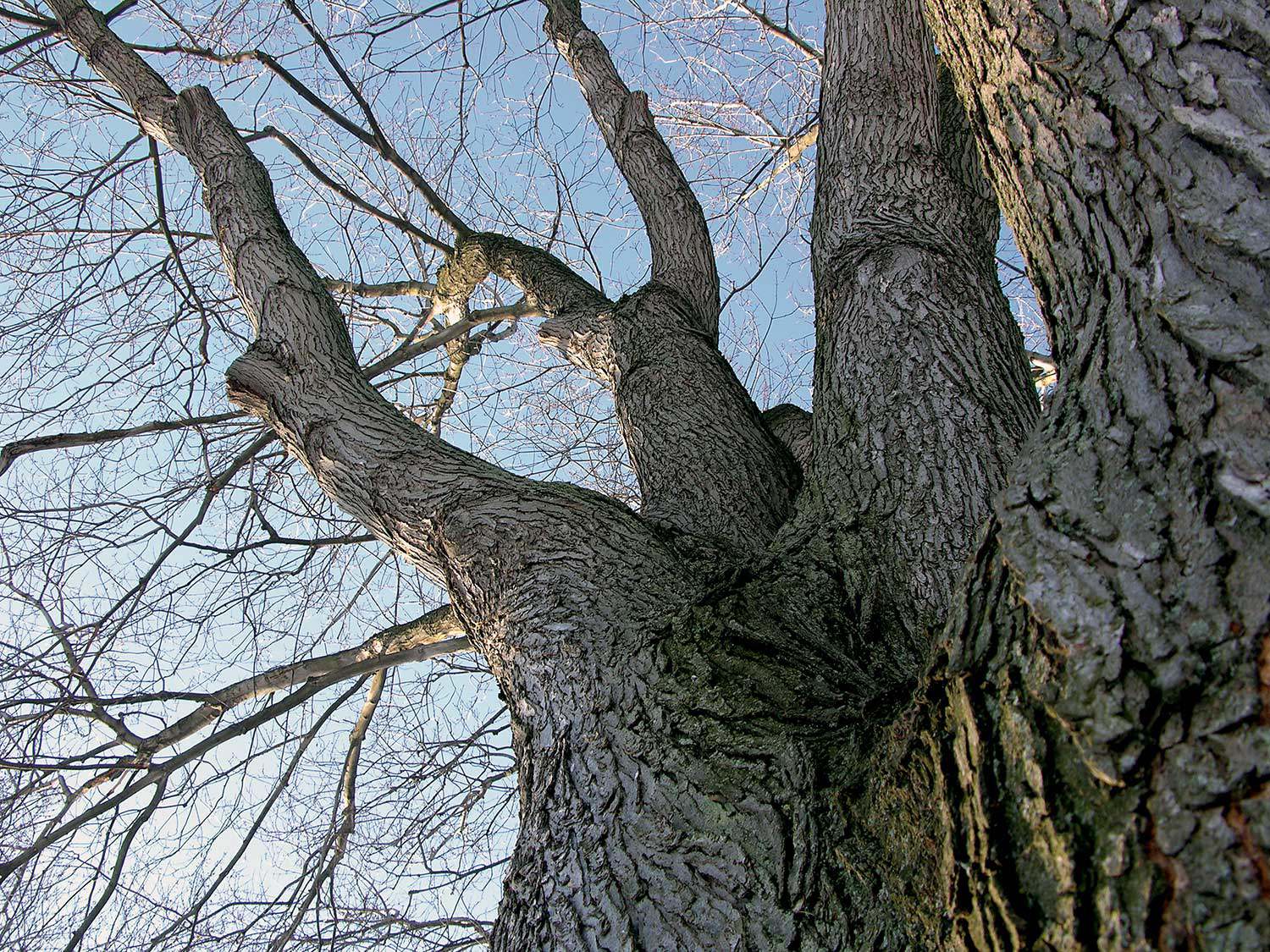

Browse by category
- Adaptive reuse
- Archaeology
- Arts and creativity
- Black heritage
- Buildings and architecture
- Communication
- Community
- Cultural landscapes
- Cultural objects
- Design
- Economics of heritage
- Environment
- Expanding the narrative
- Food
- Francophone heritage
- Indigenous heritage
- Intangible heritage
- Medical heritage
- Military heritage
- MyOntario
- Natural heritage
- Sport heritage
- Tools for conservation
- Women's heritage
Working with stewards and partners
The Ontario Heritage Trust owns over 160 natural heritage properties and protects over 40 natural heritage sites with easements. Because the Trust cannot manage and steward all of its holdings by itself, we rely on partnerships we have established throughout Ontario. To maintain its properties, the Trust has formal stewardship agreements with local organizations, including land trusts, conservation authorities, the Bruce Trail Conservancy and the Ontario Ministry of Natural Resources. Volunteers and staff of these organizations post signs, maintain trails, manage invasive species, encourage authorized activities and deal with unauthorized uses.
The Trust’s Natural Heritage team visits individual sites once every couple of years. Some sites are accessible only in the winter, often only by cross-country skis. Other sites need to be visited in the spring and summer, especially if invasive species are a concern, as many of these species would be impossible to identify when buried under several inches of snow. On other occasions – for example, when visiting islands or properties associated with large bodies of water – canoes are needed to properly carry out fieldwork.
The fieldwork associated with site visits is important, interesting and often challenging and fun. Site visits involve documenting changes to the property and the presence and location of both invasive and rare native species. Unfortunately, garbage cleanup is also part of fieldwork, as well as the documentation of prohibited uses, such as motorized vehicles, tree cutting and bonfires.
For the remainder of the time, the Trust relies on and works with partners and stewards to maintain and manage its properties. Maintaining our biodiversity, too, has enhanced our relationships with these partners. For instance, a southern Ontario land trust recently discovered an invasive and fast-spreading grass on a property adjacent to one of the Trust’s parcels. The land trust met with the local conservation authority and the Trust to share information and discuss possible steps for managing the grass and preventing its spread onto the Trust’s property. Clearly, the Trust could not maintain its properties without the help of these partner organizations.
The Trust’s work to protect natural heritage properties has never been more important. As habitat destruction, climate change, invasive species and disease continue to threaten Ontario’s biodiversity, it is crucial that the Trust and its partners continue to acquire and steward properties that can serve to safeguard the province’s spectacular ecosystems.
Hooker’s orchid
Hooker’s orchid (Platanthera hookeri), a regionally rare species, was discovered on the Trust’s Harvais property near Thunder Bay in 2010. The property, established as an orchid reserve in 1985, is also home to showy lady’s slipper orchids, among others. Hooker’s orchid is named for Sir William Jackson Hooker, a 19th-century director of London’s Kew Gardens. The species, listed as endangered in the United States, appears to have a low tolerance for acid rain, which may explain why its populations have declined drastically over the past 100 years. In the 1800s, when the flower was more abundant, its leaves were applied as a plaster on people suffering from weak lungs.
Butternut tree
The butternut tree (Juglans cinerea) is a nationally and provincially recognized endangered species. Historically, it declined in numbers as a result of deforestation, but as of 1991, has faced a different kind of threat in Ontario. A fungal disease known as butternut canker has been killing the trees. The fungus infects cracks in a tree’s bark and grows to create a sunken canker that girdles the tree. In wet conditions, the spores can be transported for kilometres. Surveys in Ontario show that most butternut trees are infected with the canker, and about one third of them have died. There is no cure for this disease, nor are there any known methods for preventing its spread. Yet the tree’s nut is an important food source for several birds and small mammals, and its soft wood is a favourite for carving and furniture making.
The Trust’s Homewood property, near Maitland in eastern Ontario, is home to several healthy butternut trees. These trees are used by the Rideau Valley Conservation Authority’s Butternut Recovery Program, and include a tree that appears to be resistant to the canker. This tree may be cloned in the future, as the program works to produce healthy seedlings for planting across eastern Ontario. As part of the program, healthy trees are being mapped for nut collection.


